The Vatican is the smallest country in the world, both in terms of area (44ha) and population (806 inhabitants).
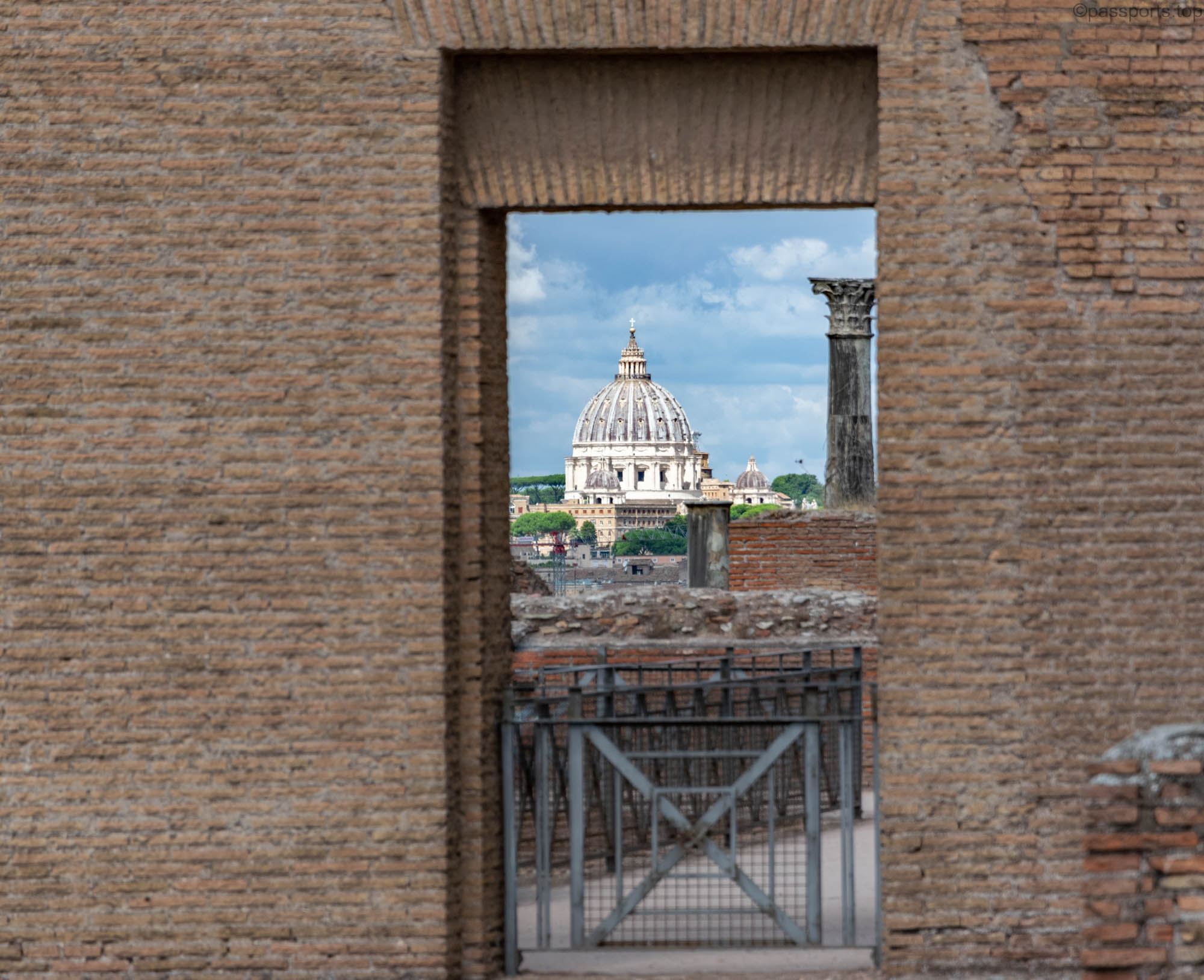
One of the most sacred places of Christianity is represented by an independent city-state located in the heart of Rome. The Vatican is governed as an absolute monarchy, headed by the bishop of Rome, the Pope.
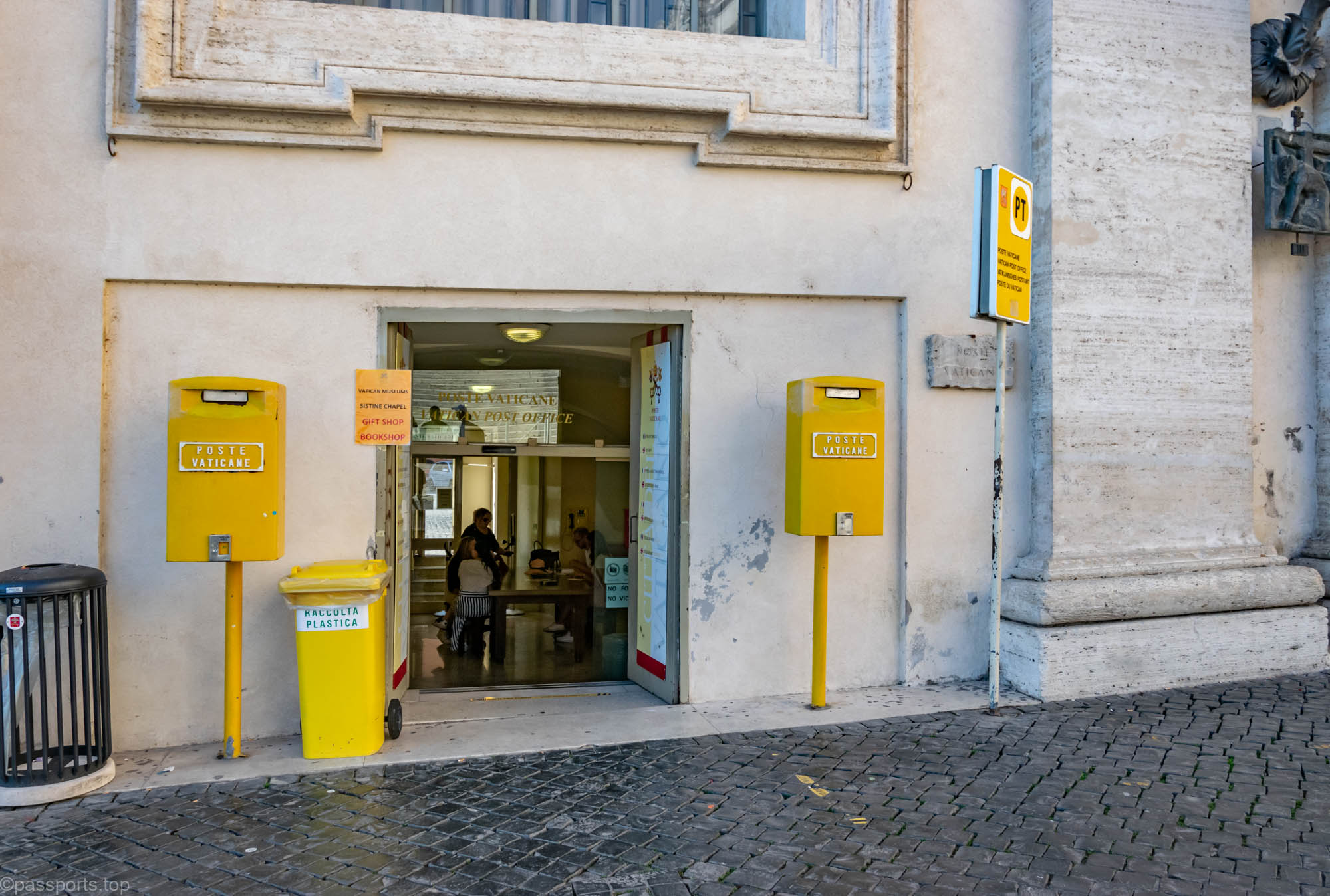
It mints its own coins, prints its own stamps, issues passports and license plates, operates media outlets, and has its own flag and anthem. Entrance fees to museums and sales of stamps and souvenirs generate the Vatican‘s income.

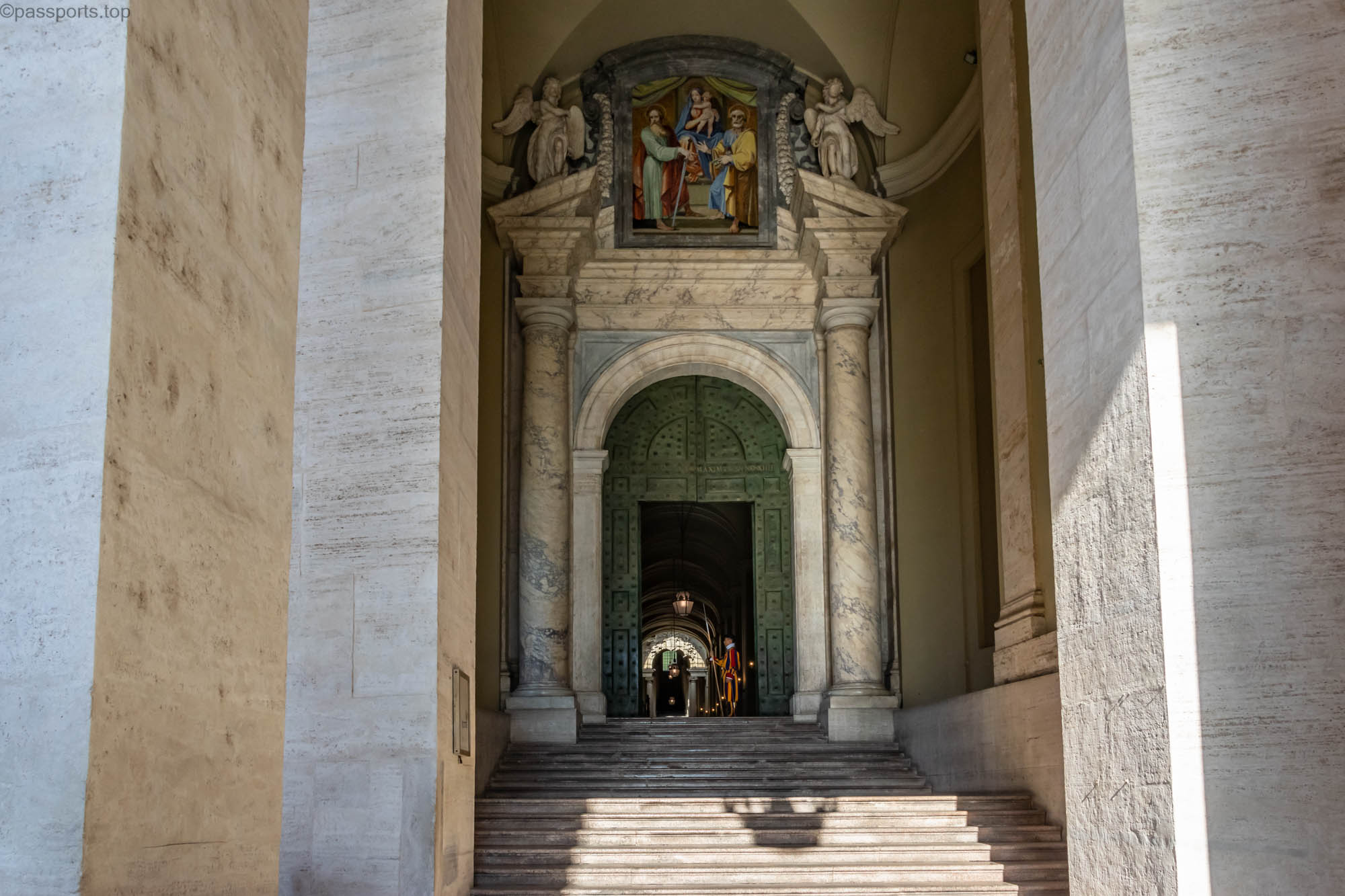
The Swiss Guard (Guardia Svizzera), also called “the smallest army in the world“, consists only of Swiss citizens who must be unmarried Roman Catholics, aged between 19 and 30, at least 1.74 tall meters and take an oath of allegiance to the Pope. They are responsible for the safety of the pontiff, serving as personal escorts as well as guards for the Vatican.
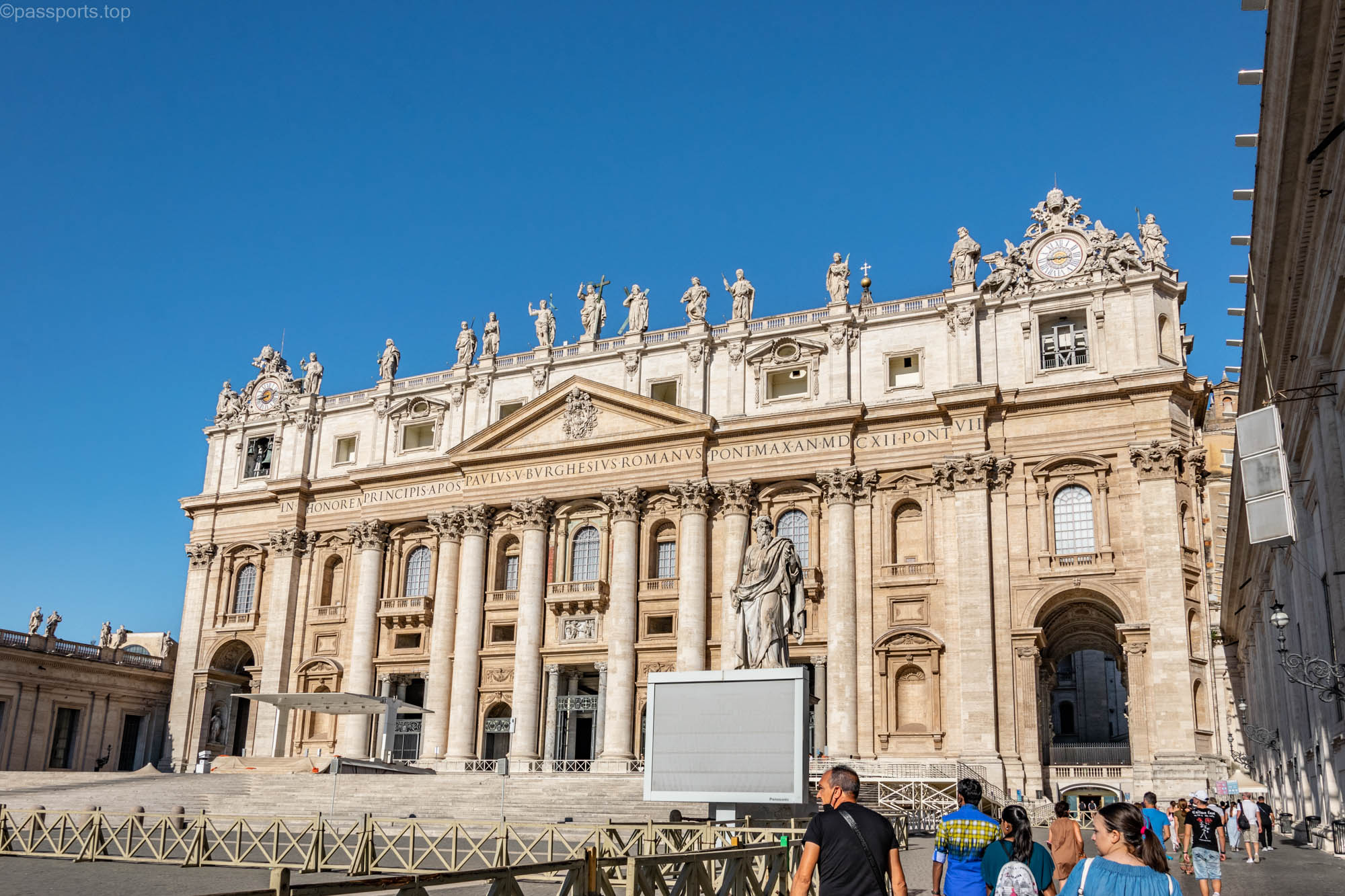
This tradition dates back to the Sack of Rome in 1527, when the Swiss Guards protected Pope Clement VII during his escape to Castel Sant’Angelo.
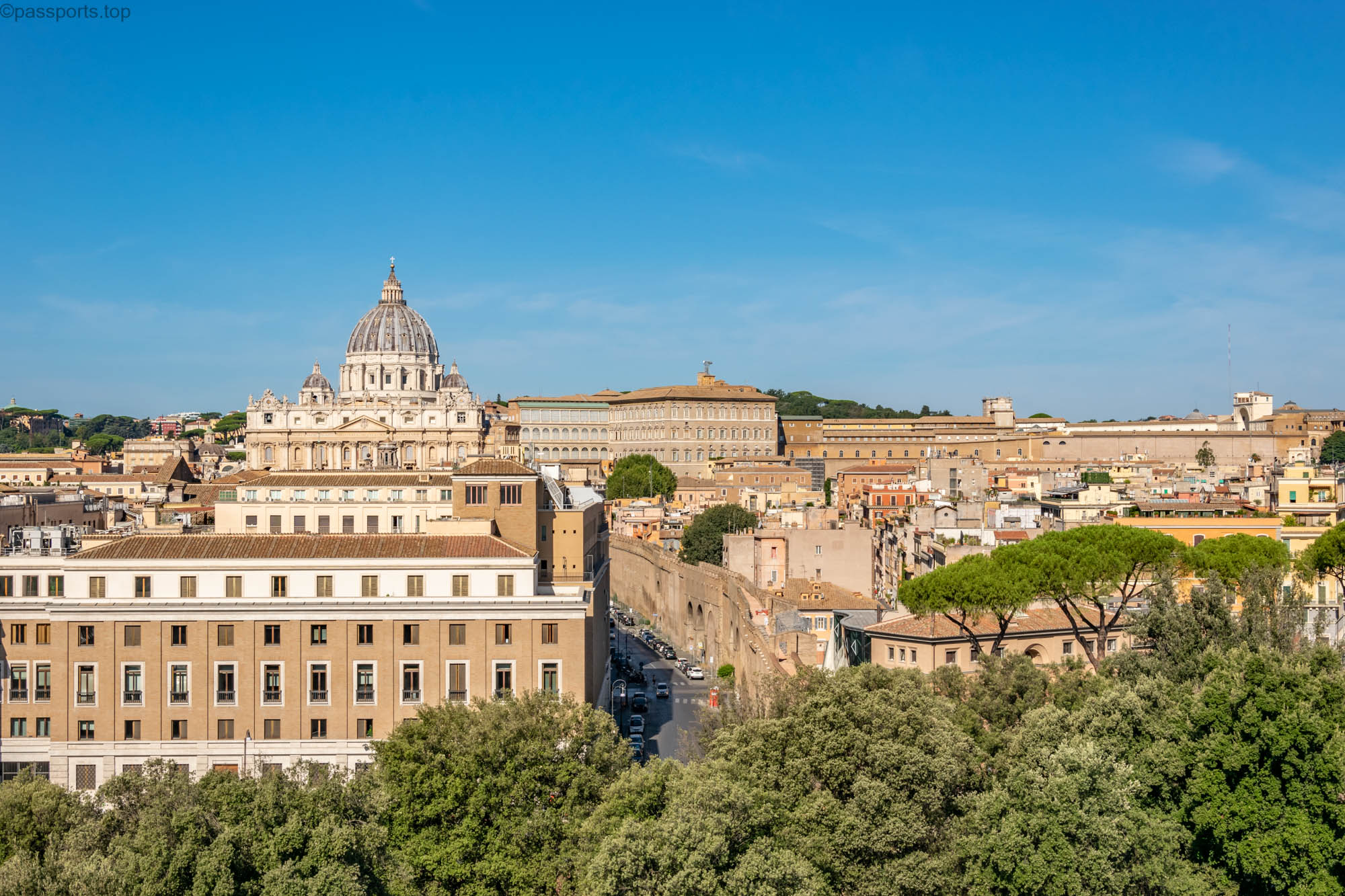
The Vatican City is enclosed by its old walls and opened to the city by the ensemble of columns in St. Peter’s Square designed by Bernini.
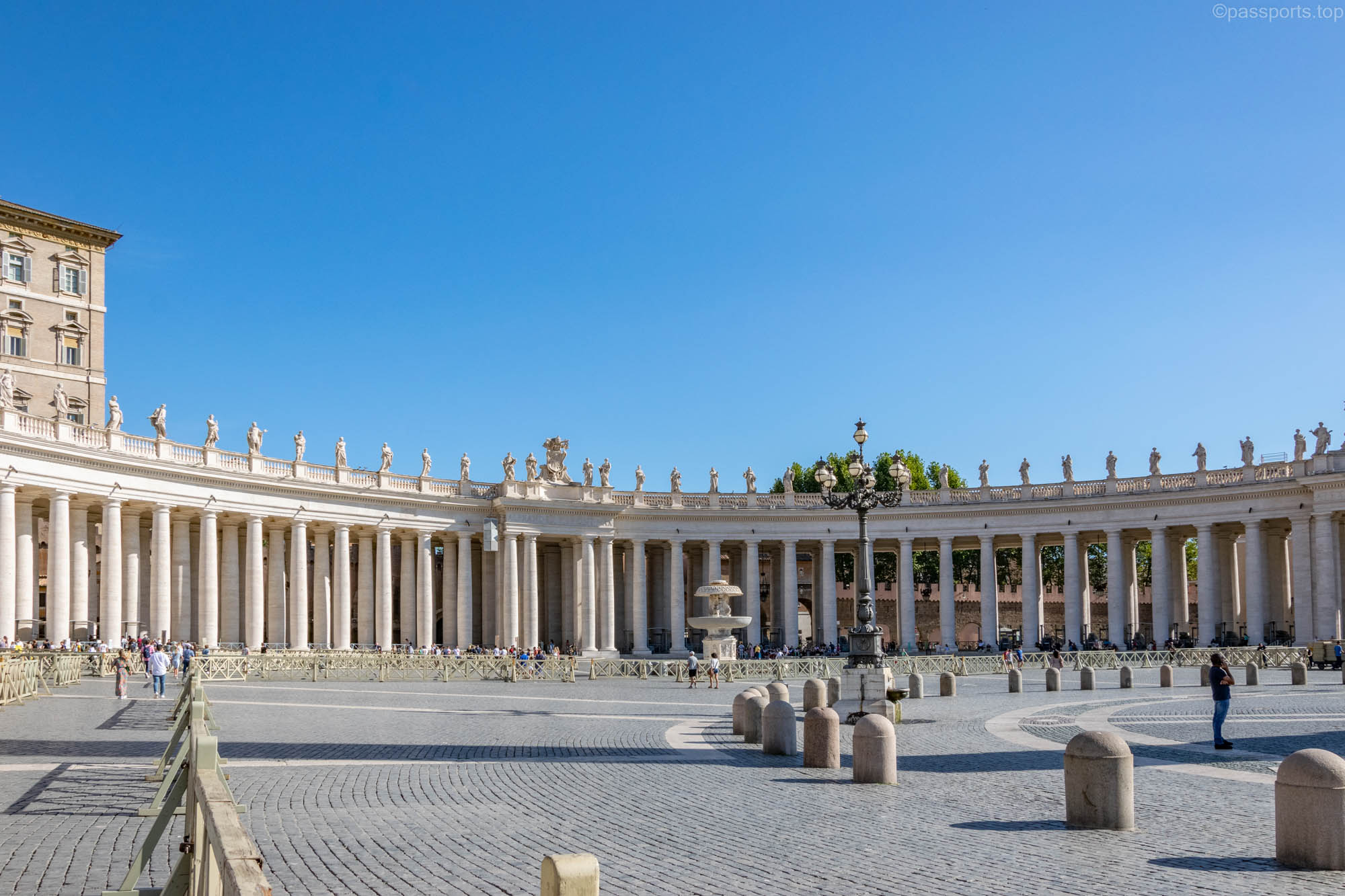
Piazza San Pietro was designed to allow as many people as possible to see the Pope give his blessing from the balcony of St. Peter’s Basilica. When important events take place, the square can accommodate up to 300,000 people.
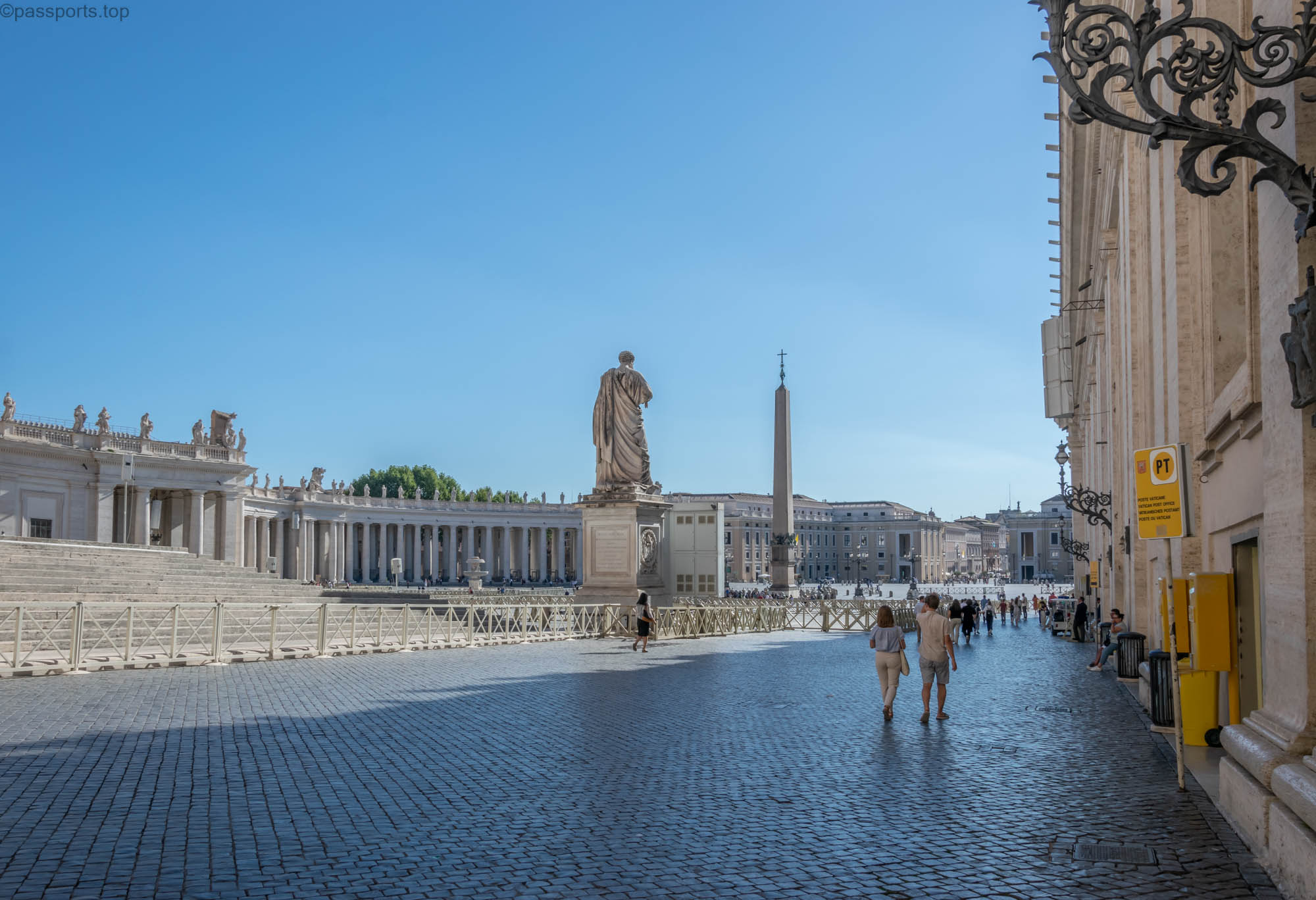
The square is surrounded by almost 280 columns and 145 statues of saints, and in the center is an Egyptian obelisk which, together with the cross on top, reaches almost 40 meters in height.
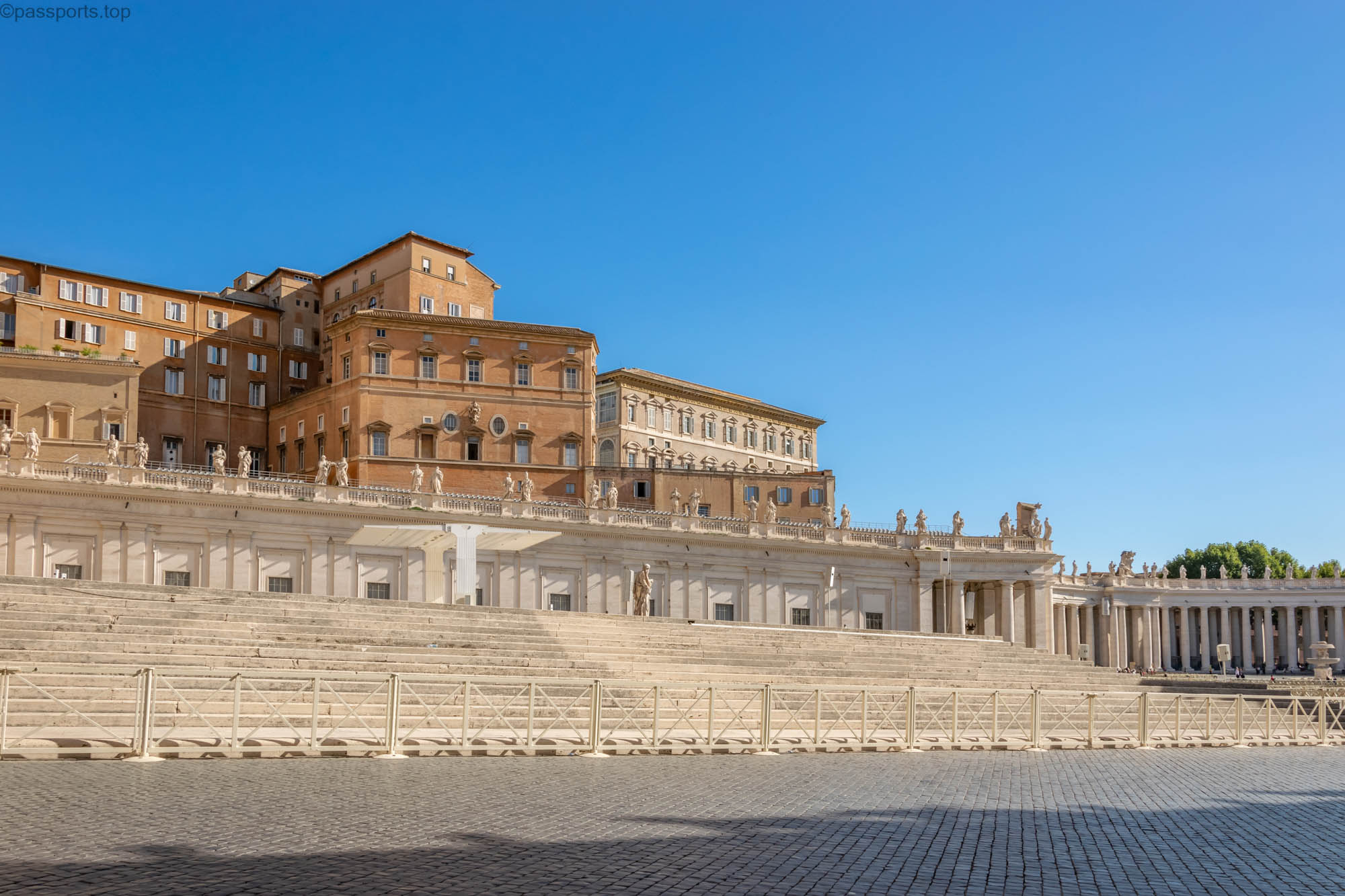
Every Wednesday, the Pope goes out into the square for the weekly papal audience, greets the pilgrims and prays with them.
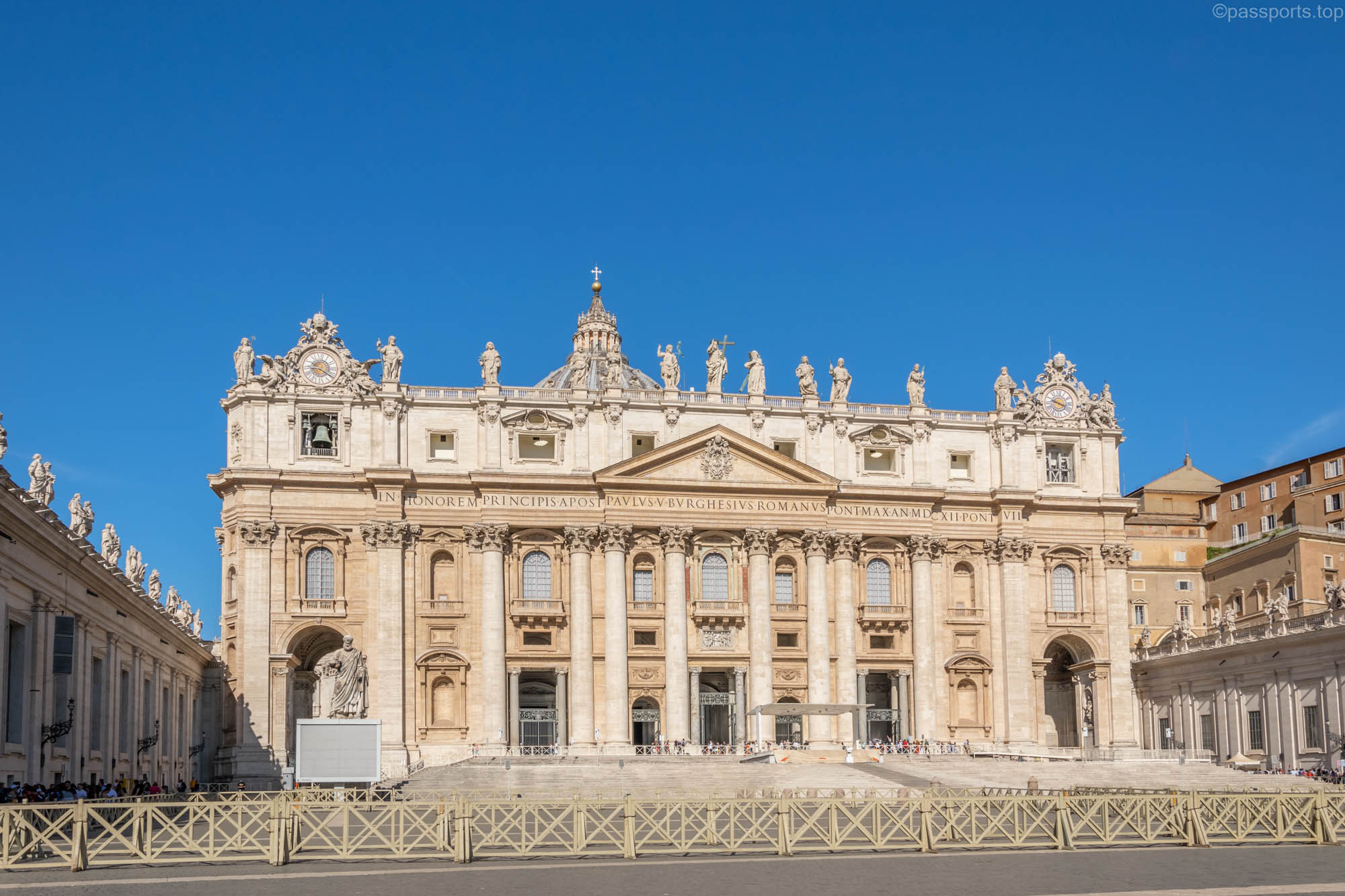
Saint Peter’s Square is considered by many to be an attraction in itself, a place to meditate, whether as a pilgrim or an art lover.
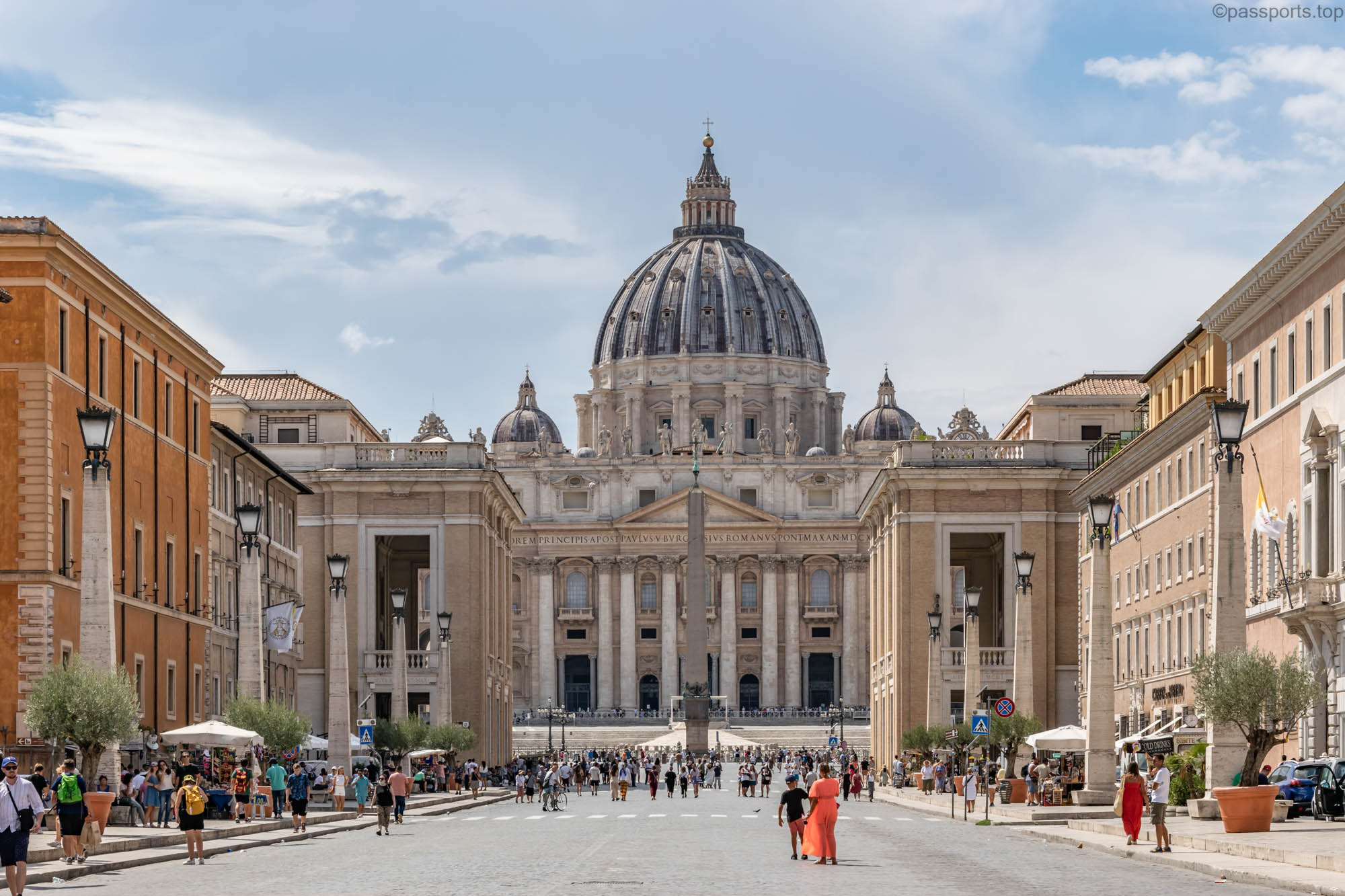
At the end of the square is the iconic St. Peter’s Basilica, and in front of it is usually placed a set of chairs for papal ceremonies.
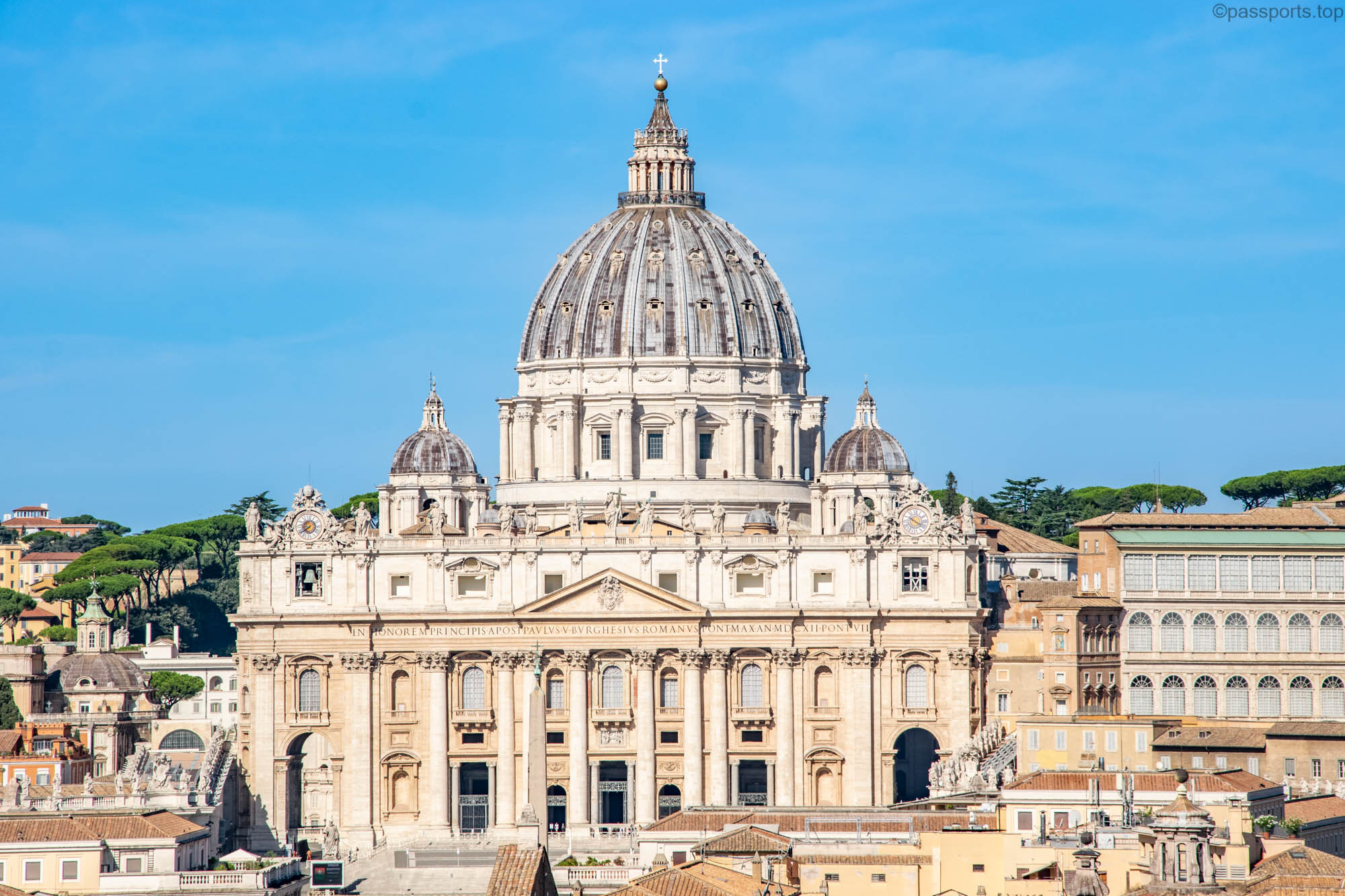
The Papal Basilica is one of the largest and most special churches. It is the largest cathedral in the world, with an interior area of 15,160 square meters.
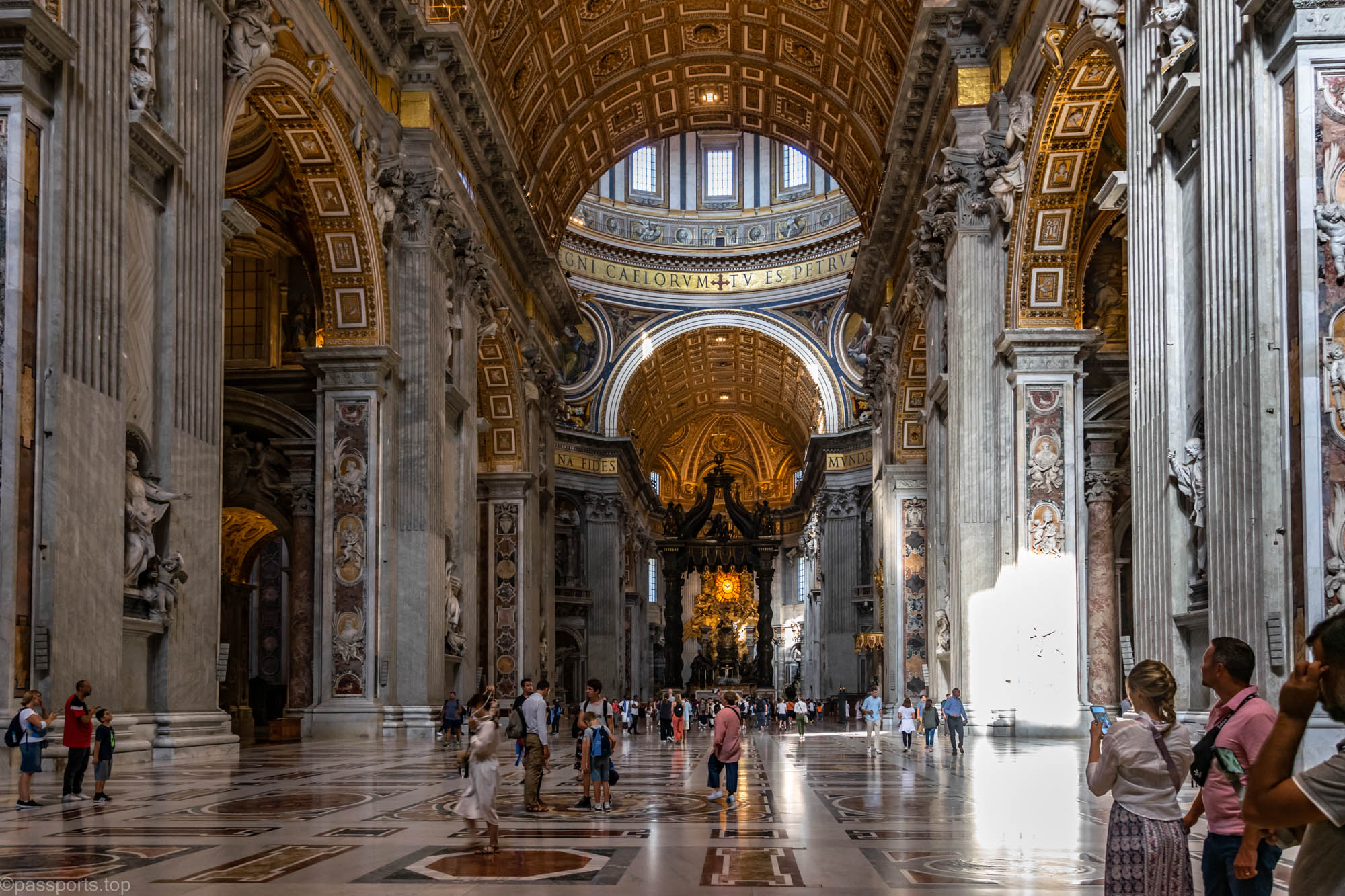
The structure was completed in the 17th century and built over a church dating back to the 4th century. It took about 120 years to complete the project, but today it is a treasure trove of history.
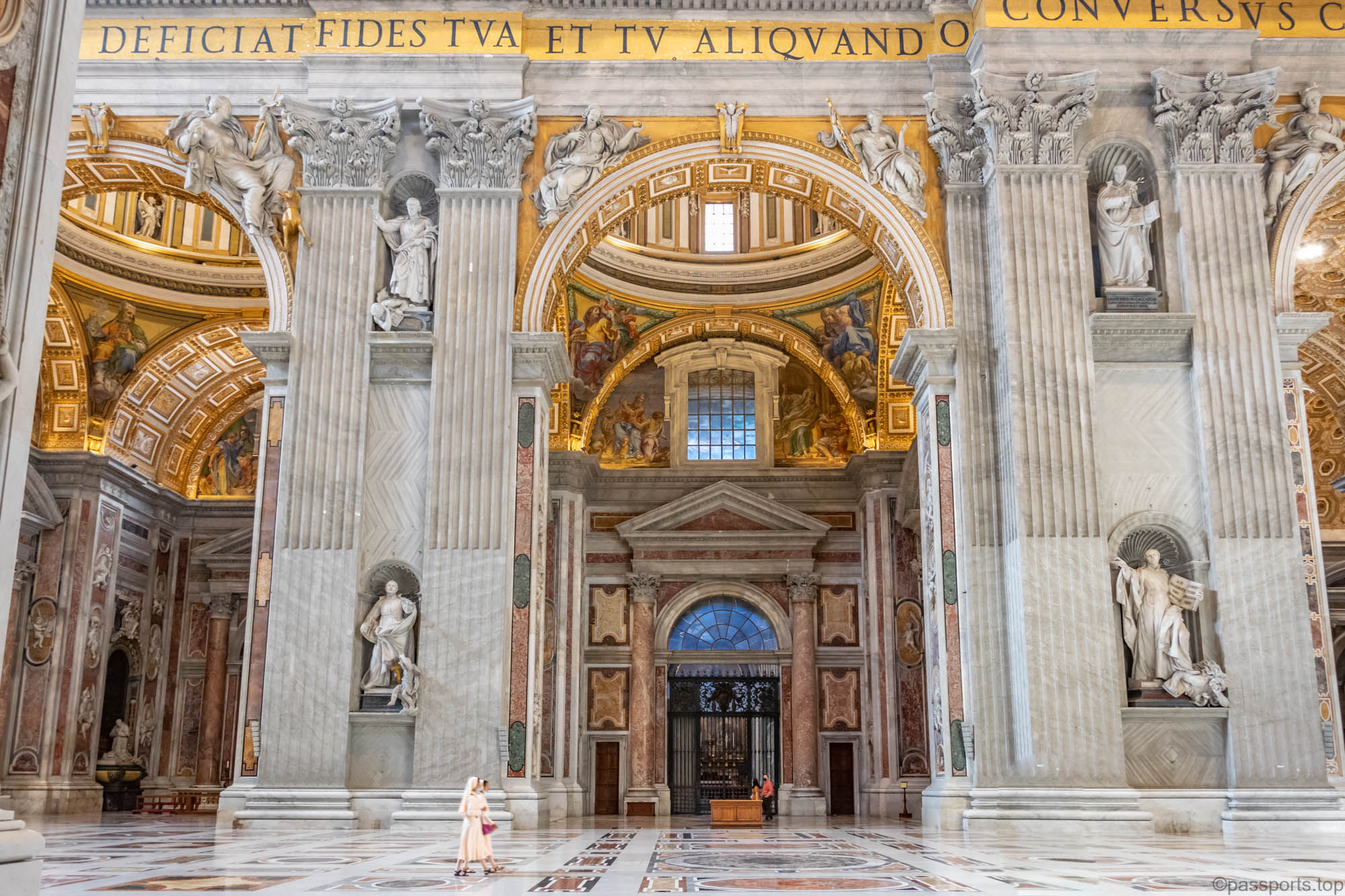
Inside you can admire the altar, the baroque decoration and the many art objects. The basilica houses 778 columns, 44 altars, 135 mosaics and 395 statues.
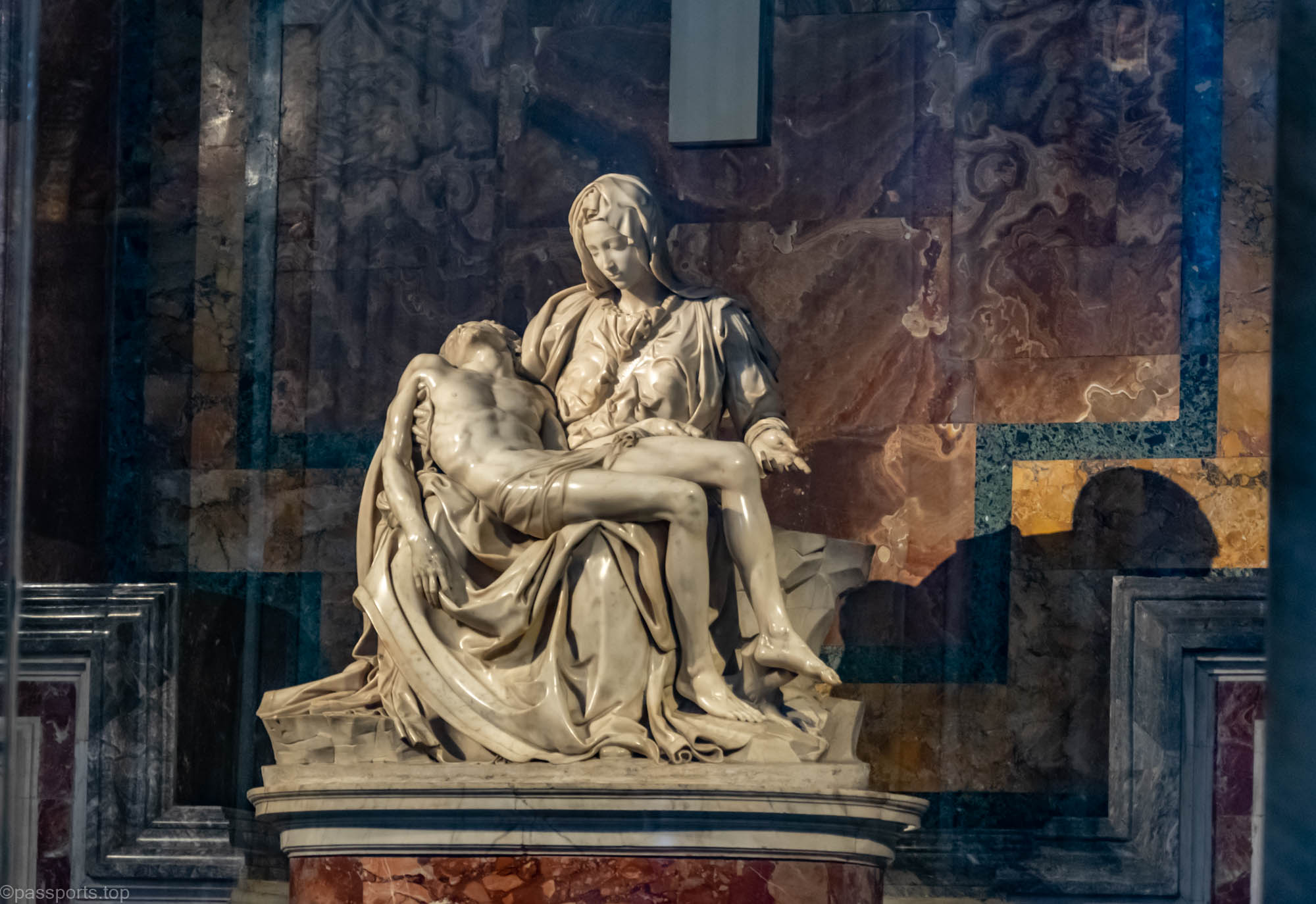
You should not miss the famous Statue of Saint Peter and one of the most important works of art made by Michelangelo, the Pietà (a statue of the Virgin Mary holding the body of Jesus).
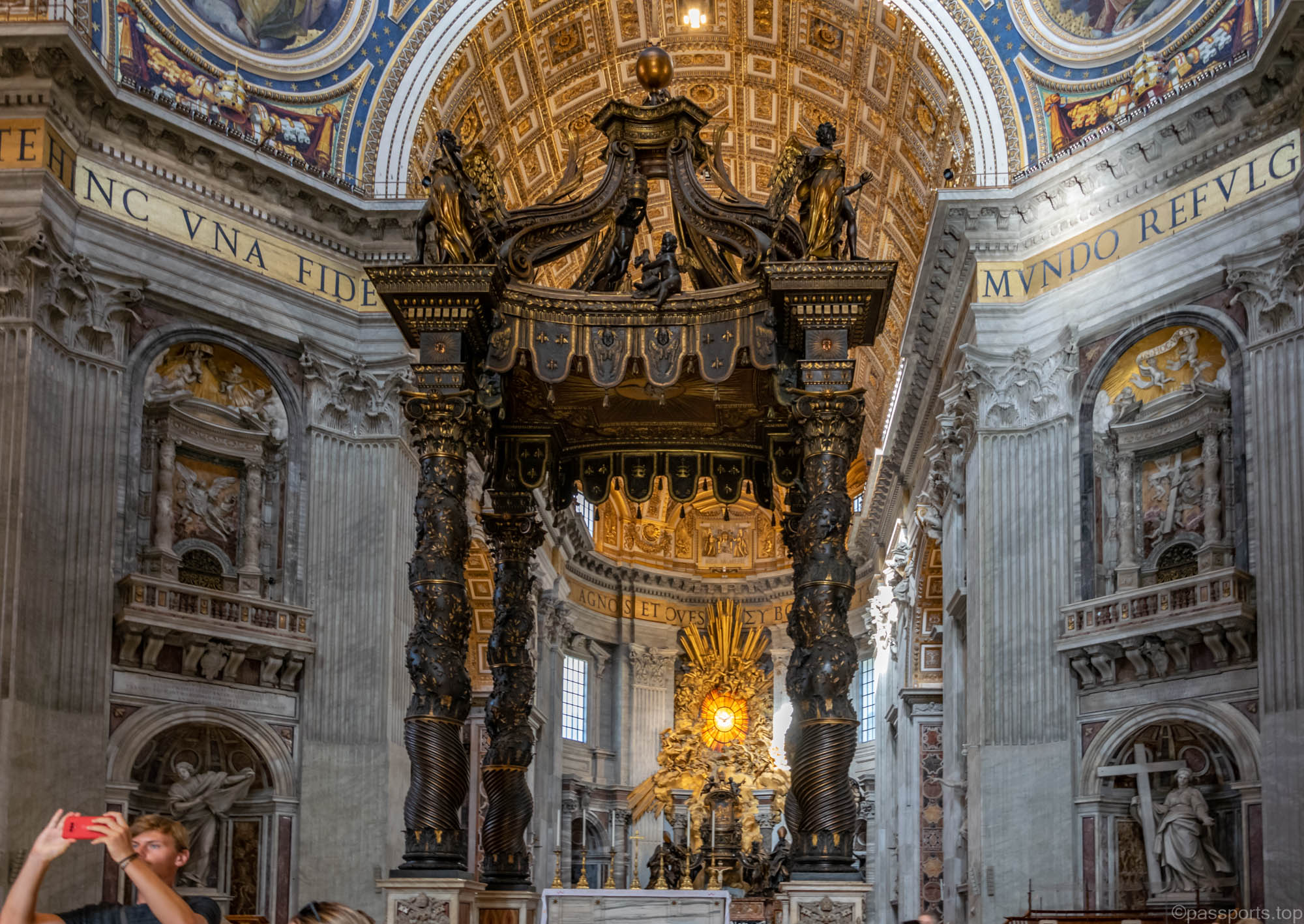
Another work of art present inside the basilica is the St. Peter’s Baldachin, which is over 28 meters high and was created by Gian Lorenzo Bernini in the 17th century to mark the place of the saint’s tomb.
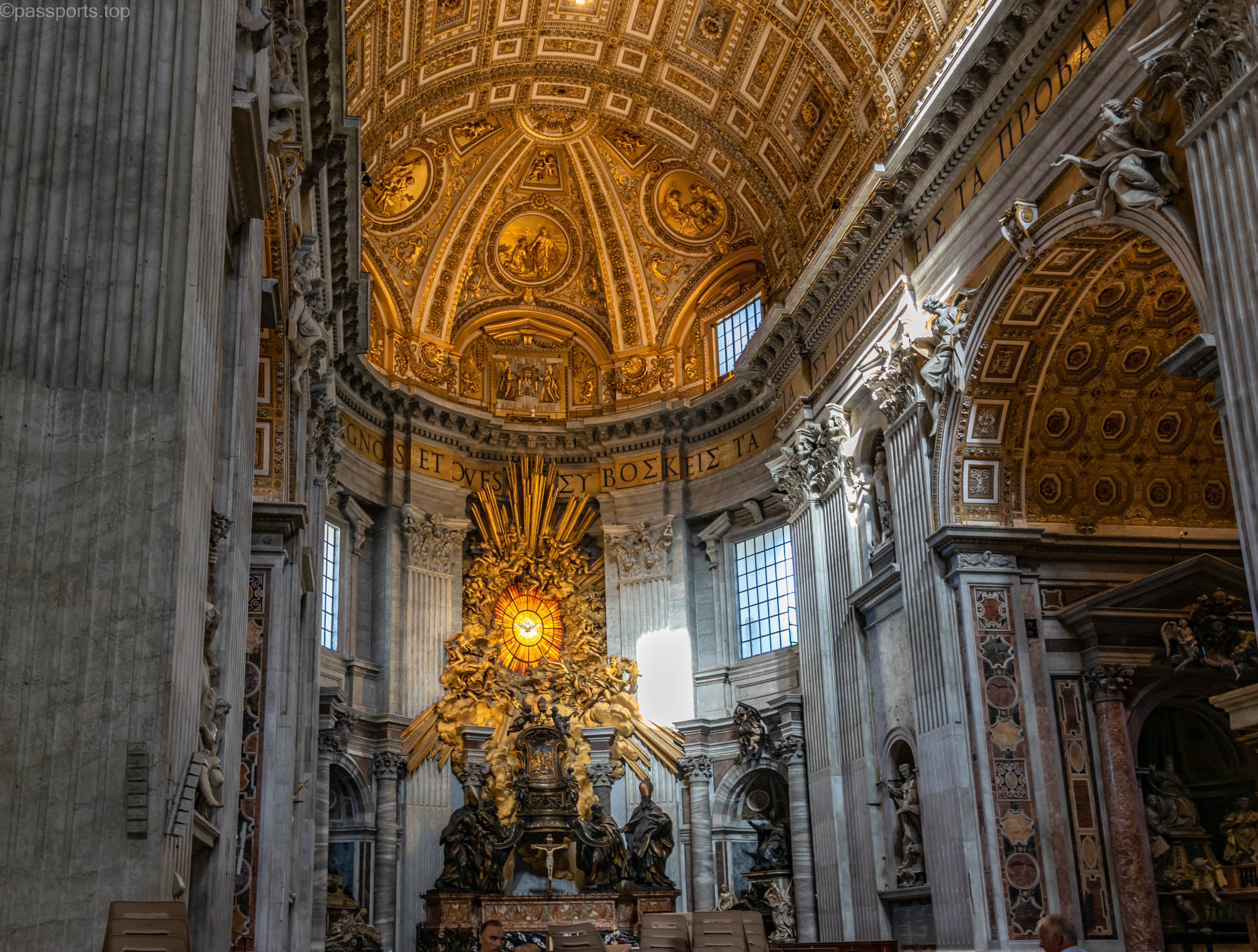
To avoid the crowds, I recommend visiting the cathedral as early as possible. We went in the morning, right at opening time and waited 10 minutes. A few hours are also expected during the day. Entry is free.
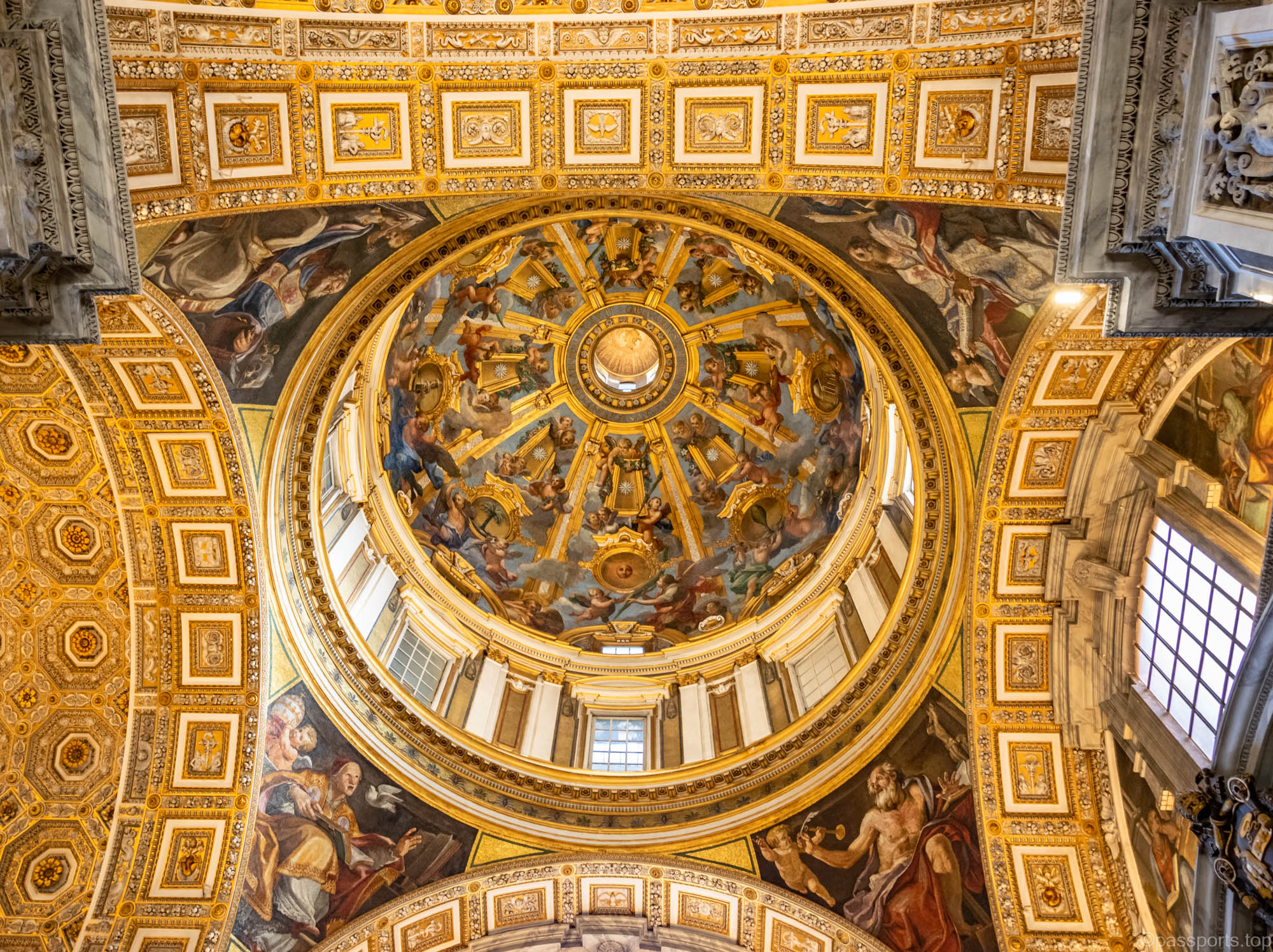
If you want to climb to the top of the dome (from where you can admire a very beautiful panorama of Rome and St. Peter’s square) you have 2 possibilities: you can climb the 551 steps – the ticket costs €8/person or you can choose the elevator that goes up to the first terrace, then walk up the remaining 320 steps – the ticket costs €10/person.
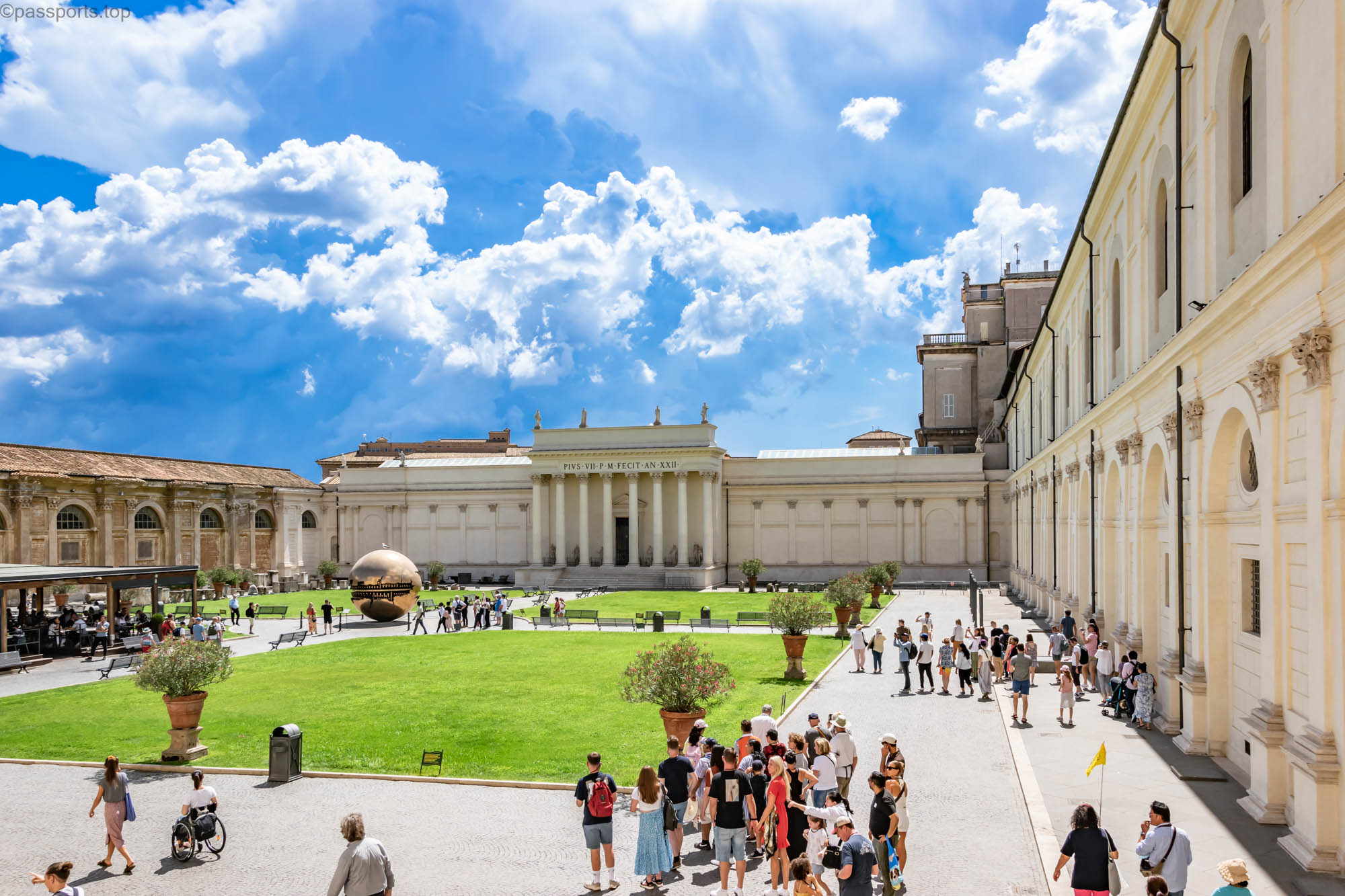
Founded in the 16th century by Pope Julius II, the Vatican Museums hold one of the largest art collections in the world. Covering around seven kilometers of corridors, you will see everything from Egyptian relics, Renaissance pieces of art to modern art.
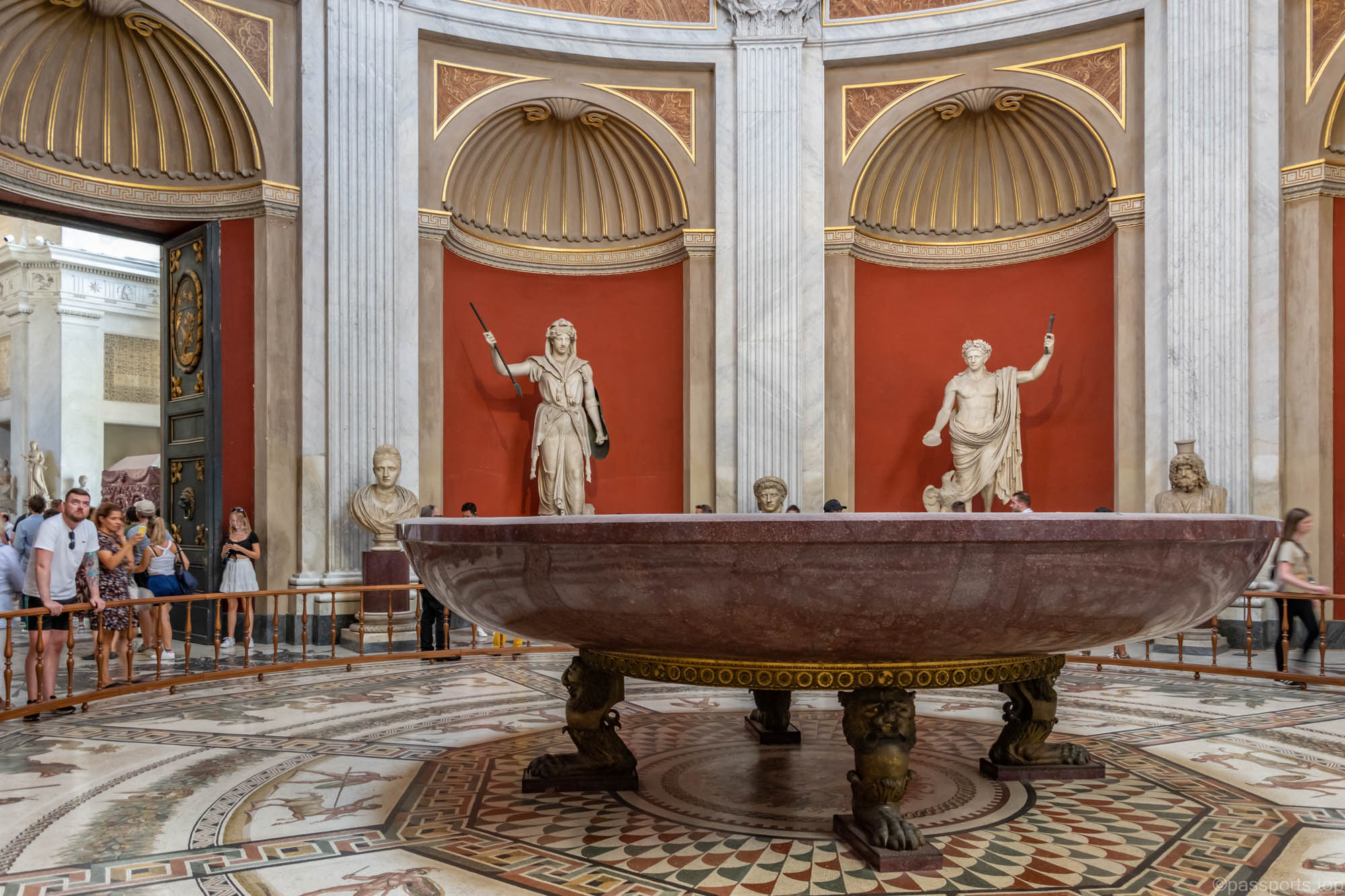
The Vatican Museums represent one of the most complex objectives to visit. They are among the largest museums in the world, housing 70,000 works of art from 30 separate collections housed in 1,400 rooms.
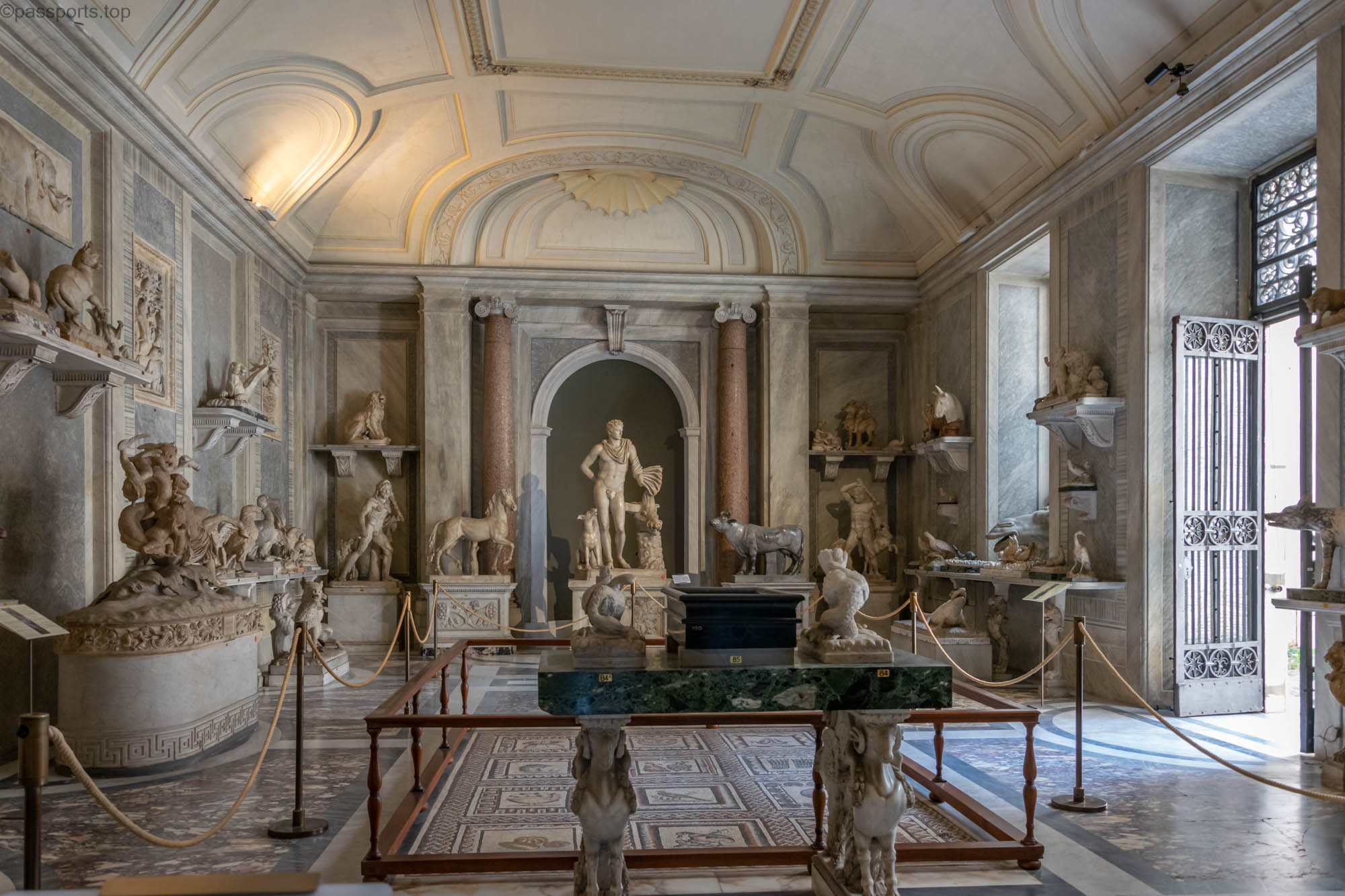
What you can see at the Vatican Museums: Gregorian Egyptian Museum (displays impressive Egyptian sculptures and sarcophagi from the 3rd century BC), Gregorian Etruscan Museum (contains ceramic, bronze and gold elements belonging to the Etruscan civilization), Chiaramonti Museum (gallery which holds thousands of sculptures, including portraits of emperors, images of gods and funerary monuments).
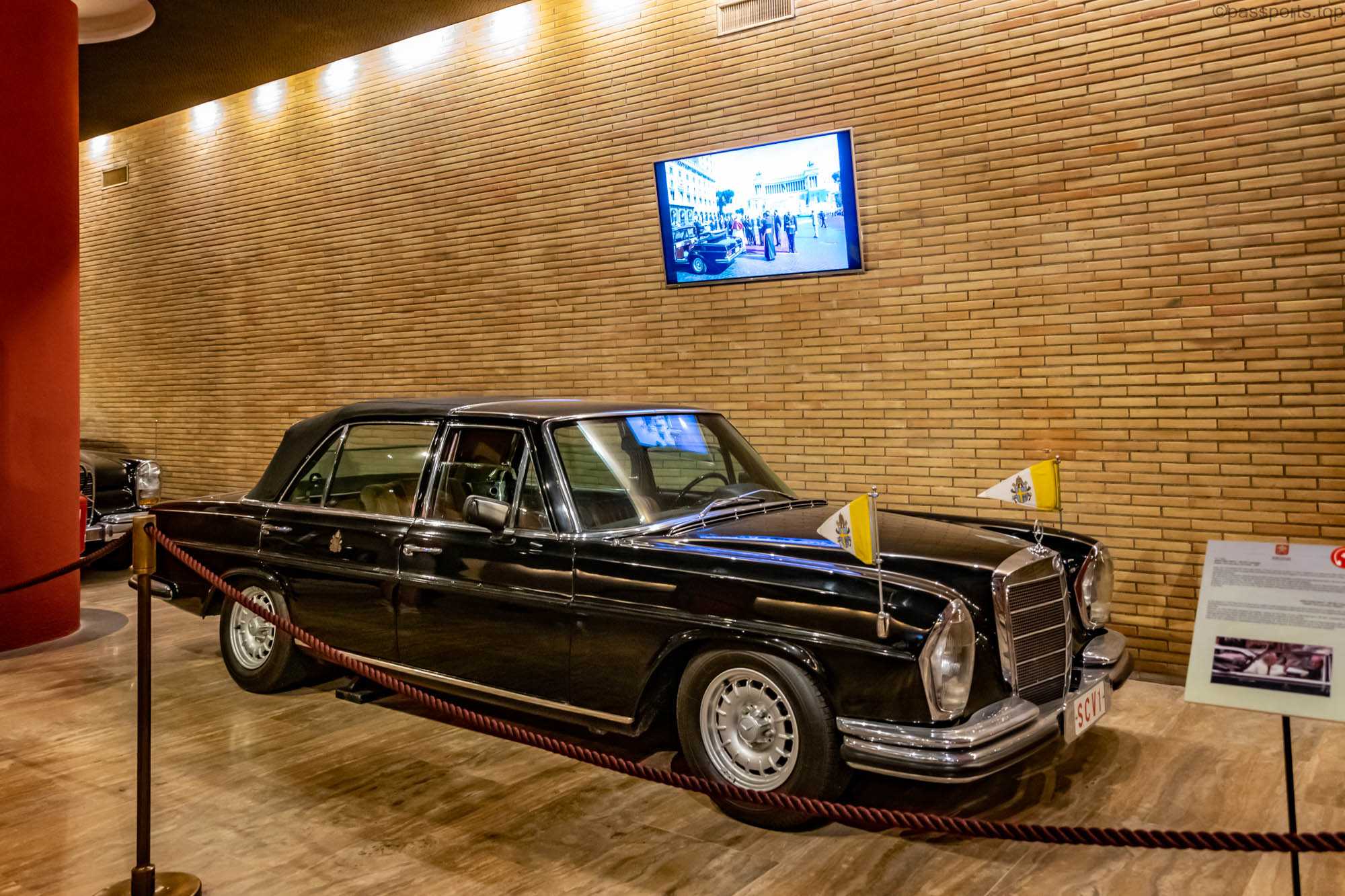
The Pio-Clementino Museum (holds the most important Greek works in the Vatican ), the Profane Gregorian Museum (its rooms hold Greek and Roman sculptures from the 1st-3rd centuries AD), the Tapestry Gallery (exhibition of Flemish tapestries created between 1523 and 1534 ).
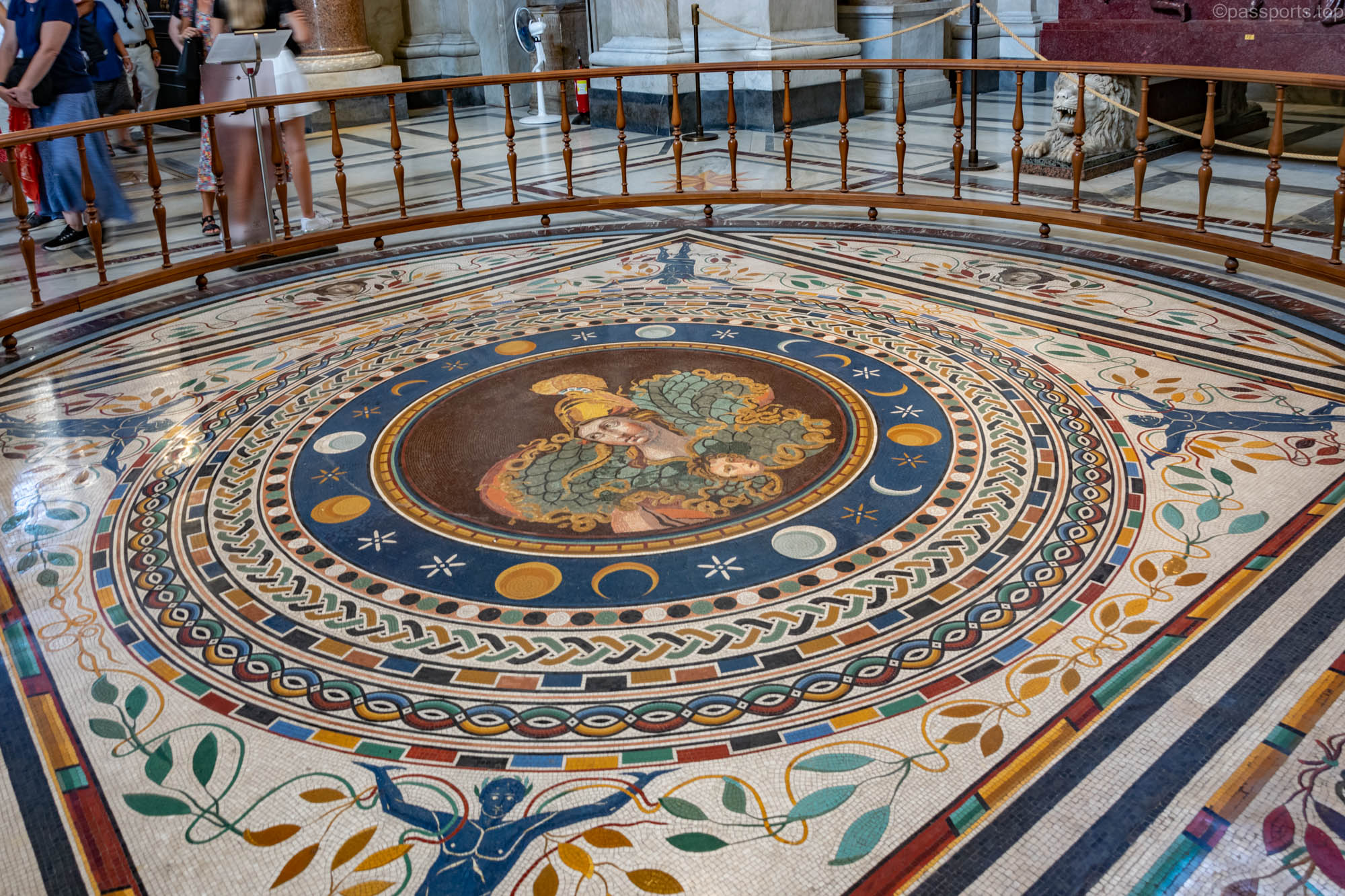
The Missionary-Ethnological Museum (houses works of art from all papal missions around the world) , the Profane Gregorian Museum (holds Greek and Roman sculptures from the 1st-3rd centuries AD), the Profane Museum (collection of Christian antiquities consisting of statues, sarcophagi and ruins from the 6th century), the Gallery of Maps (made between 1580 and 1585, the beautiful maps painted on the walls represent the Italian regions), the Apartment of Pope Pius V (contains Flemish tapestries from the 15th and 16th century, a collection of medieval ceramics and another of miniature medieval mosaics).
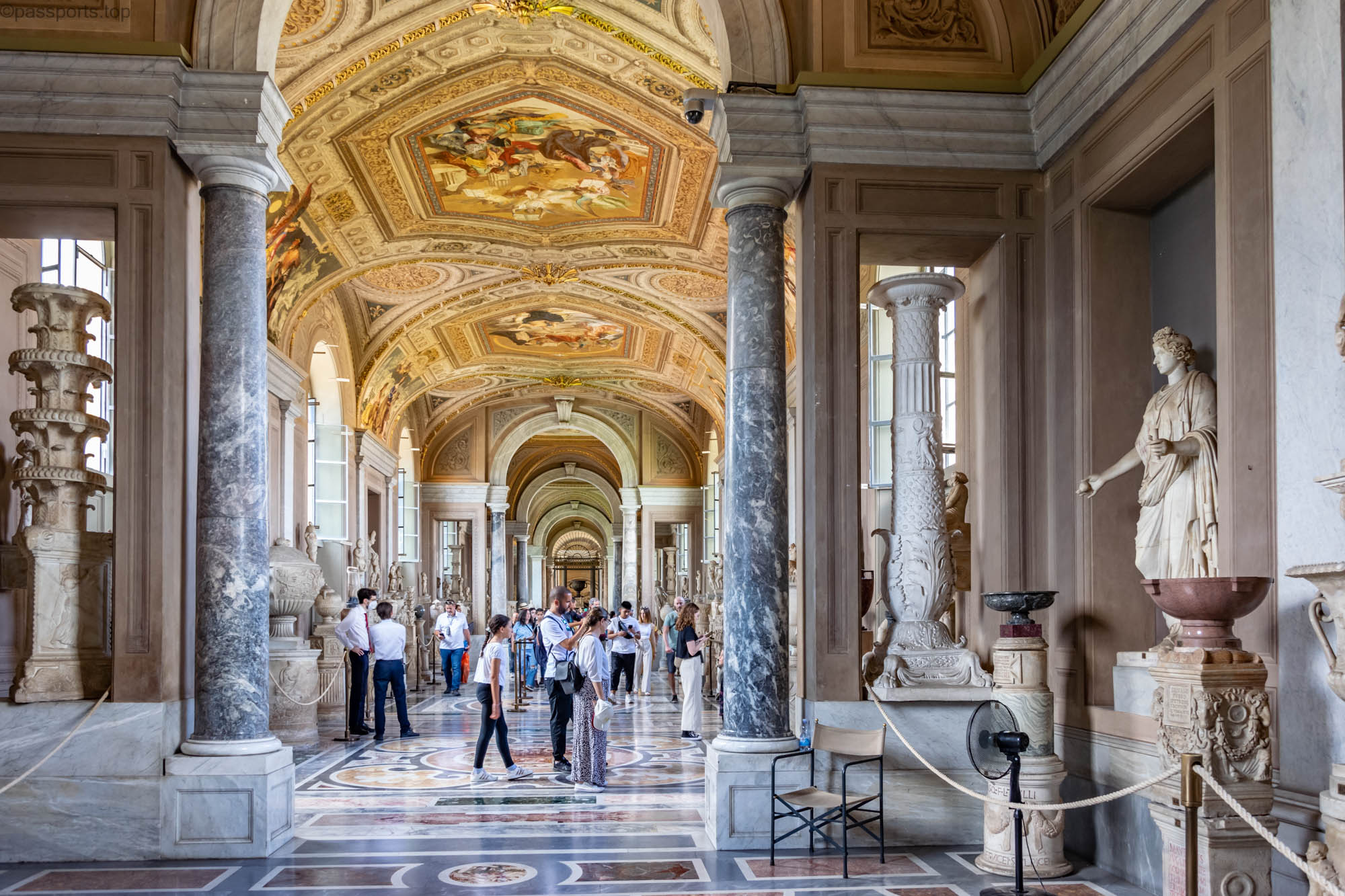
Gallery of Chandeliers (displays enormous chandeliers from the 2nd century AD), Museum of History (in this section you can find wagons, cars and the first locomotive of the Vatican), Pinacoteca (eighteen rooms containing paintings dating from the Middle Ages to 1800), Raphael’s Chambers (you can admire the walls painted by Raphael and his students in the period 1508-1524).
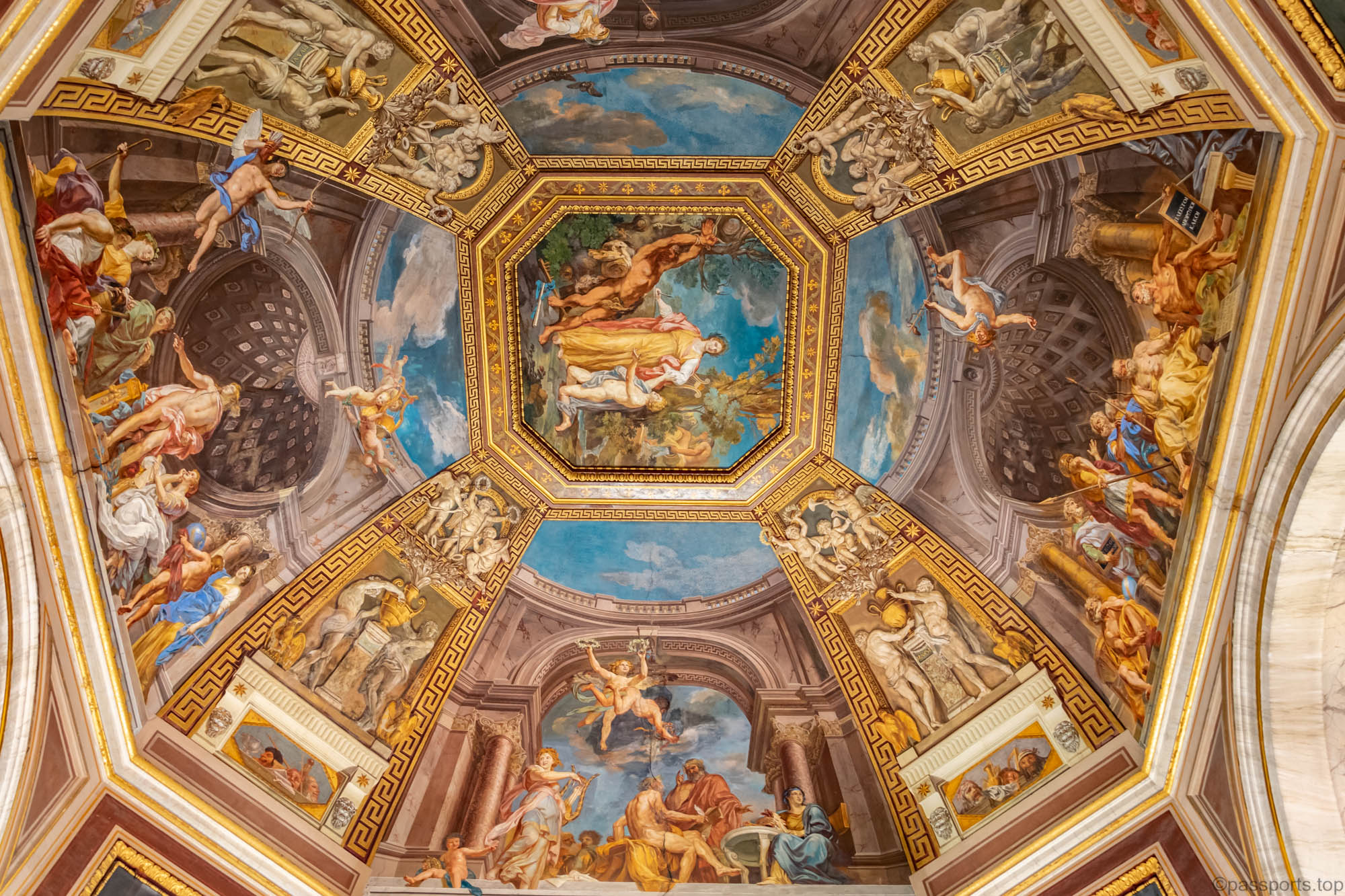
Also here is the consecrated Sistine Chapel (Cappella Sistina). It is one of the Vatican‘s greatest treasures, known both for its paintings and for being the place where popes are elected and crowned.
What attracts attention in the Sistine Chapel is not its architecture, but the frescoes that completely cover the walls and ceiling, being painted by some of the most important artists.
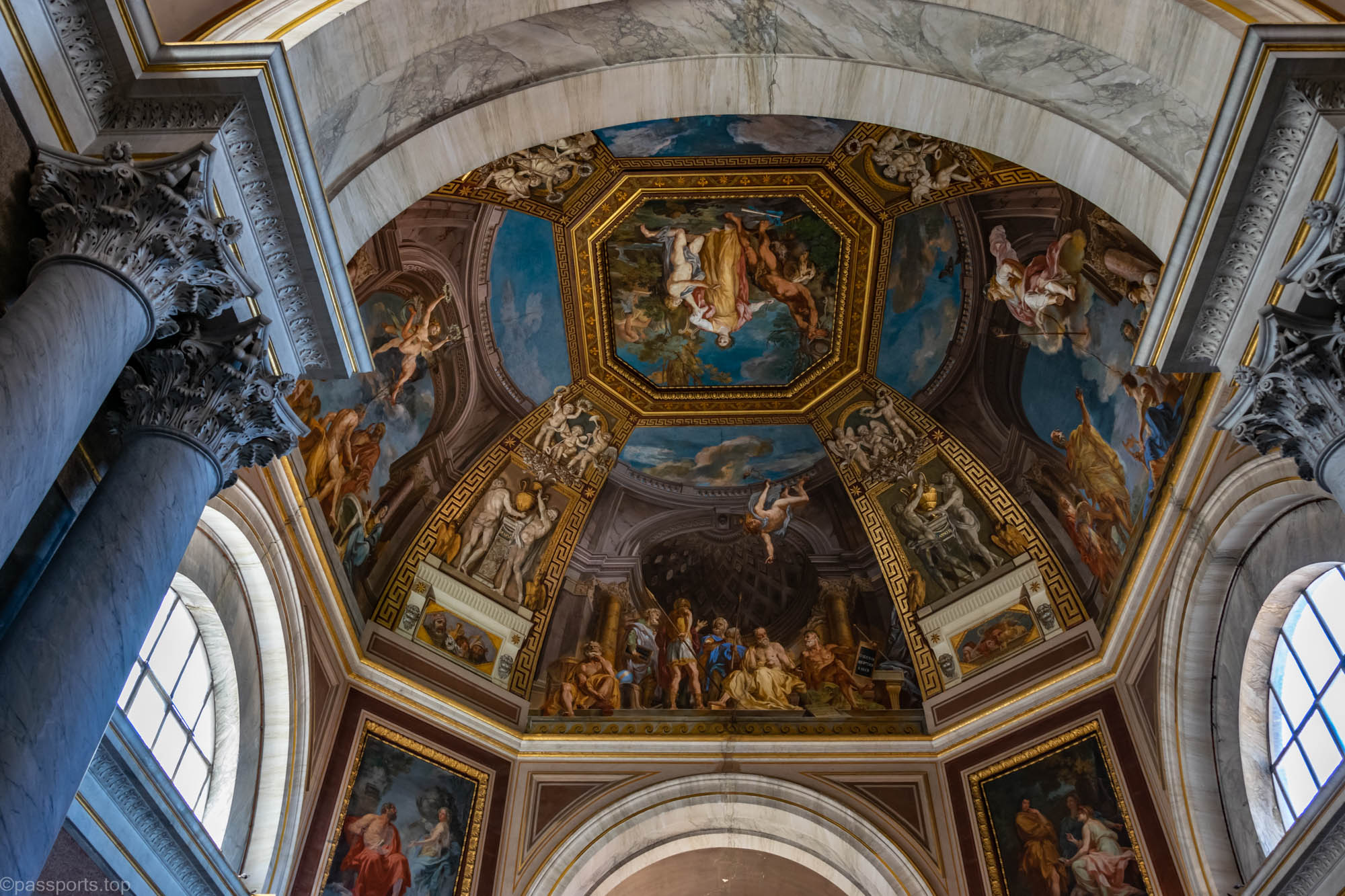
The entire chapel is a living masterpiece, and Michelangelo‘s artistic peak is represented by the ceiling with the central scenes of the Creation of the World and the huge fresco of the Last Judgment, one of the artist’s most important works and one of the most famous works of art in the world.
All the frescoes on the ceiling of the chapel are the work of Michelangelo, who spent four years painting the vault, between 1508 and 1512. The artist painted the figures both clothed and naked to demonstrate his skills in depicting people in different poses. Filming and photography is prohibited inside.
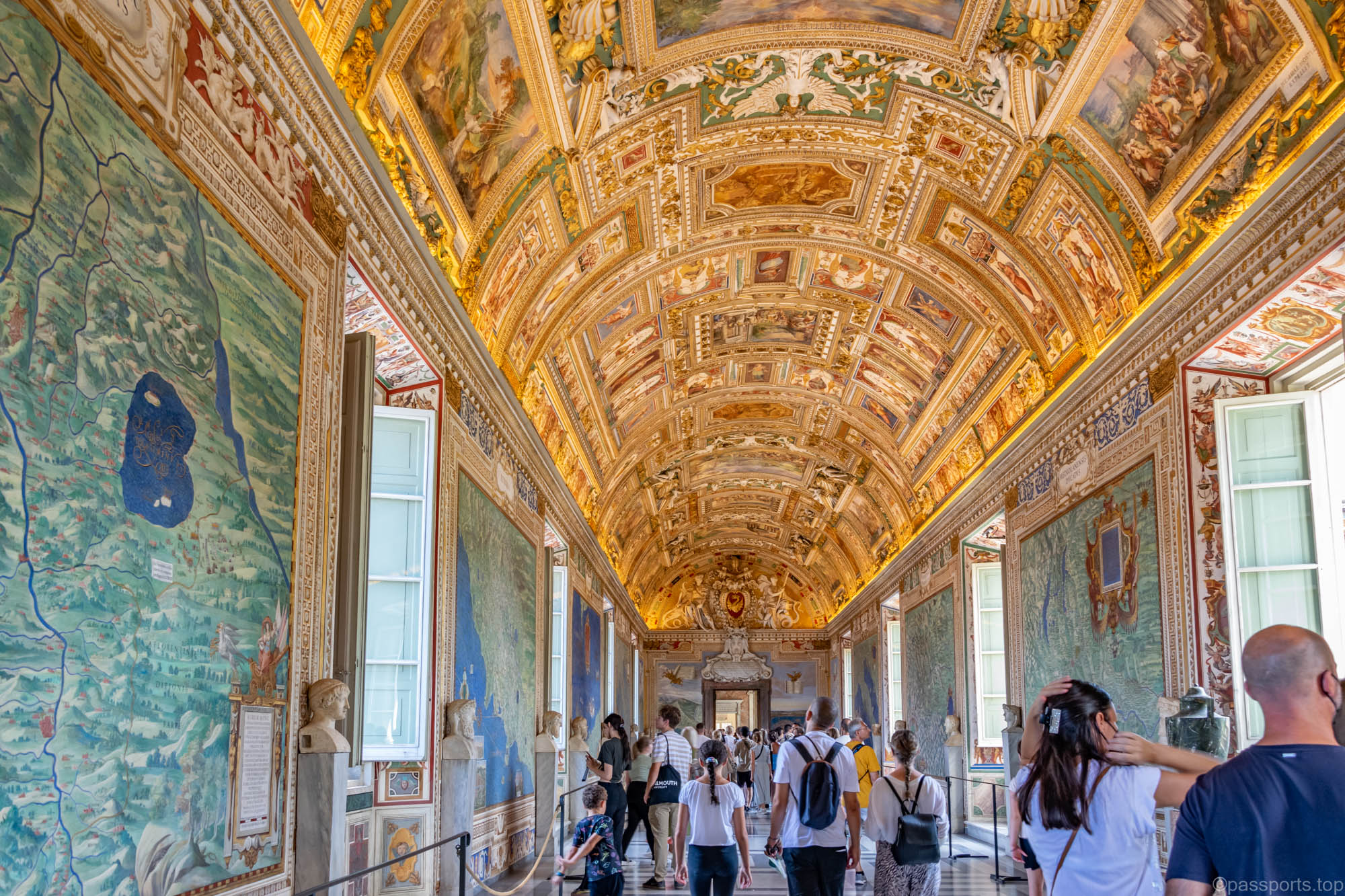
Besides the Sistine Chapel, the most spectacular areas that impressed us were the Galleria degli Arazzi (Gallery of Tapestries), Galleria delle Carte Geografiche (Gallery of Maps) and Stanze di Raffaello (Raphael’s Rooms).
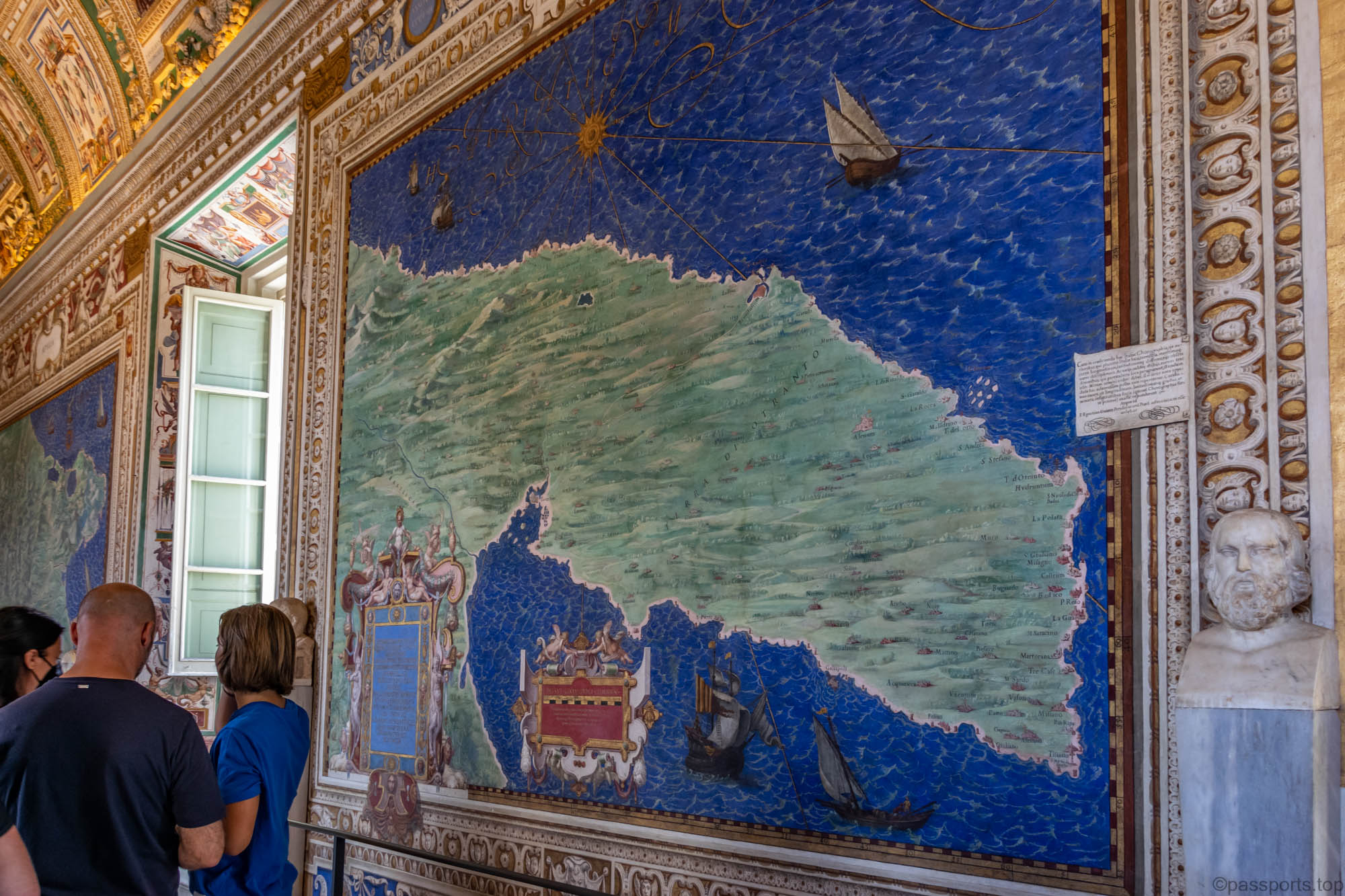
Being a big fan of maps, we couldn’t help but be impressed by the Galleria delle Carte Geografiche. The gallery contains the largest collection of geographical paintings where forty maps of the different regions of Italy are presented.
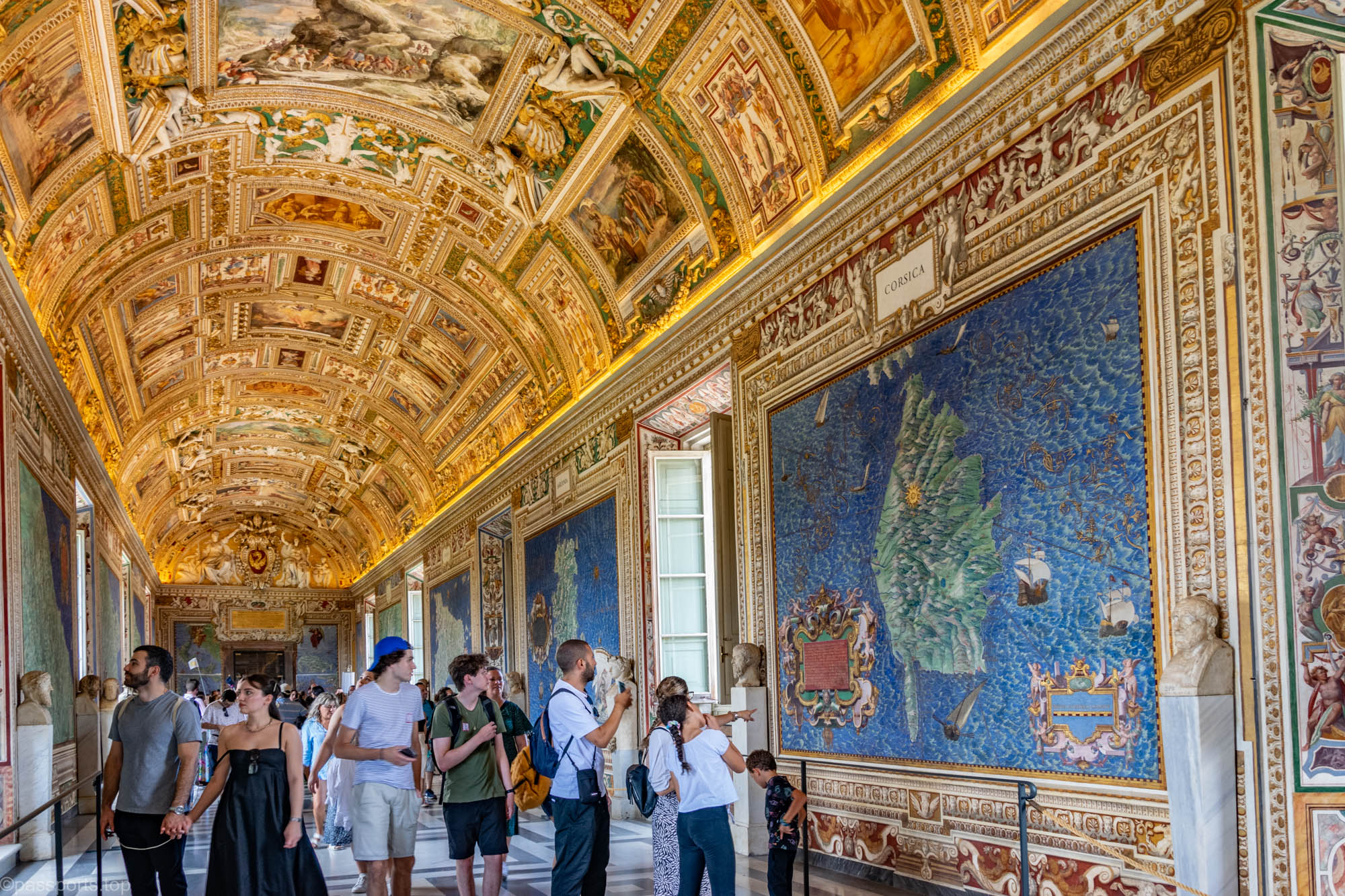
The maps are accompanied by depictions of the main religious events that took place in that area, painted on the ceiling. A humbling fact is that at the time the maps were created, in 1580, Italy did not exist as a country.
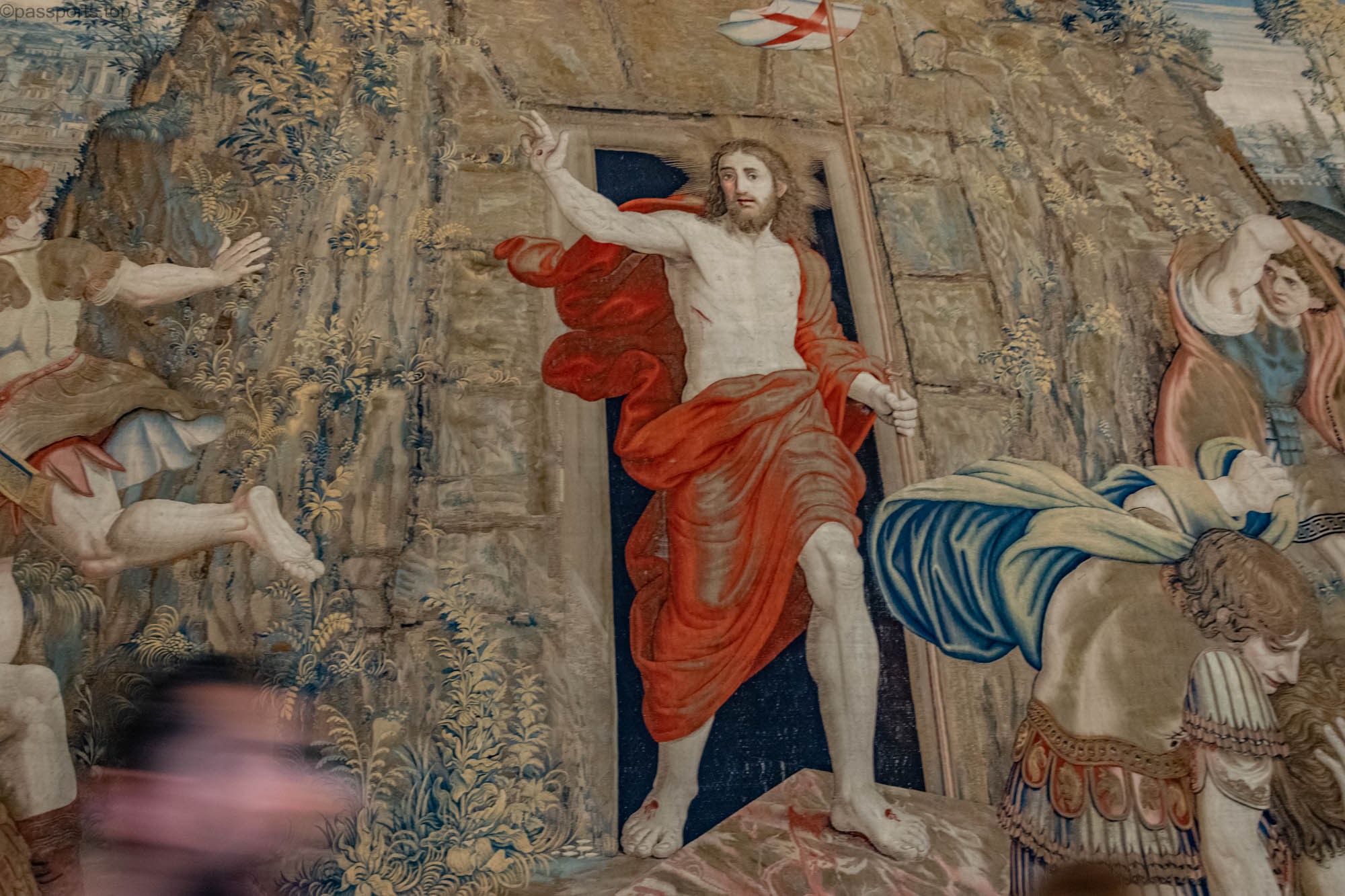
The Galleria degli Arazzi contains tapestries from different periods and regions. They were woven by the best Flemish weavers of the time, from wool or silk, with gold and silver threads.
Among the most important creations is the Resurrection of Christ Tapestry, an example of “moving perspective” (a technique you find most often in paintings, one of which is the Mona Lisa). From whatever perspective you look and however close or far you go, it seems that the character’s eyes are following you. On top of that, the fabric is amazing and you can see the craftsmanship and talent that went into creating this stitch.
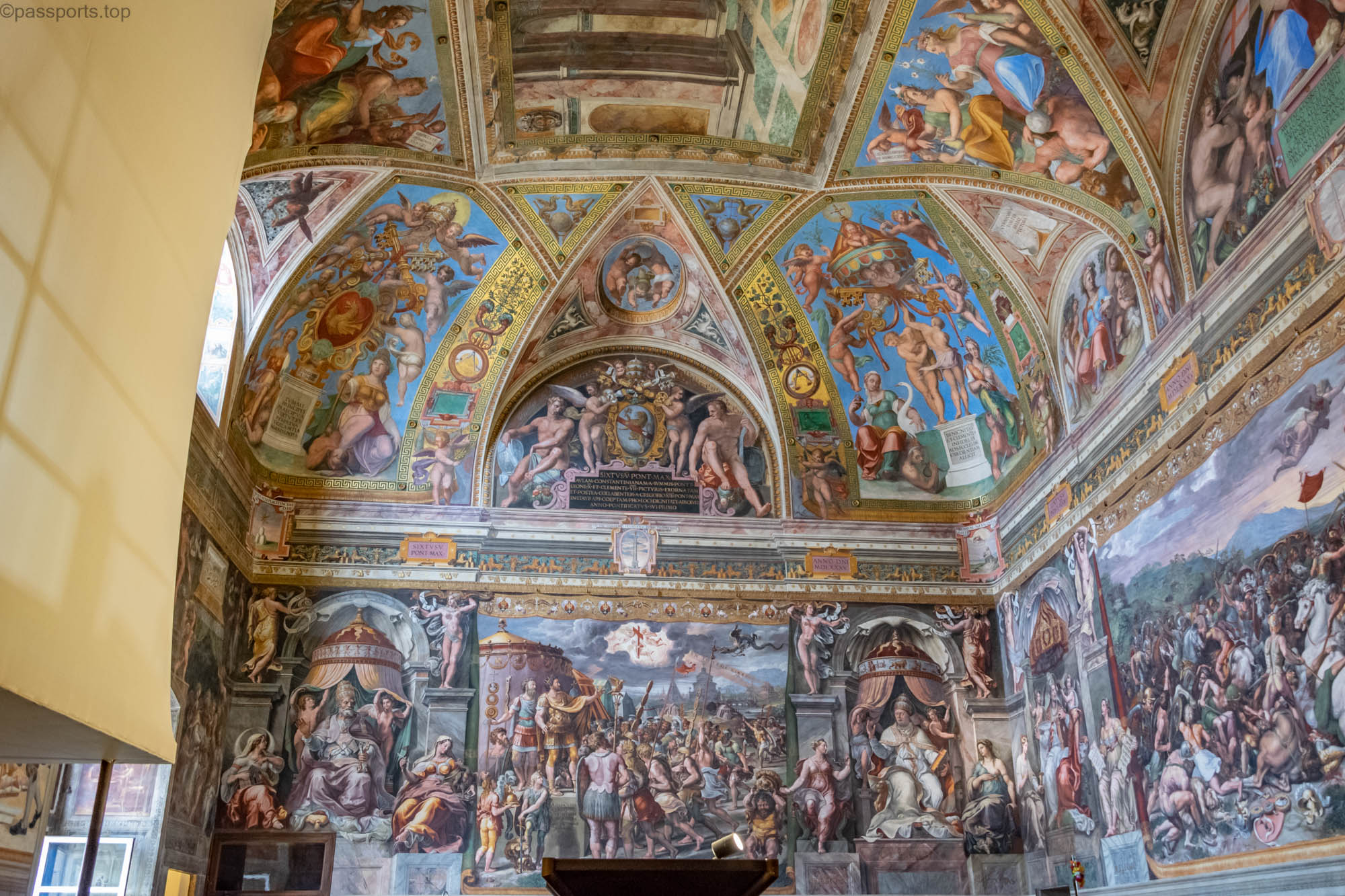
The Four Rooms of Raphael (Stanze di Raffaello) are famous for the frescoes painted by Raphael and his disciples. The rooms were originally designed as a suite of apartments for Pope Julius II. In 1508, he commissioned Raphael and his workshop to completely redecorate the interior.
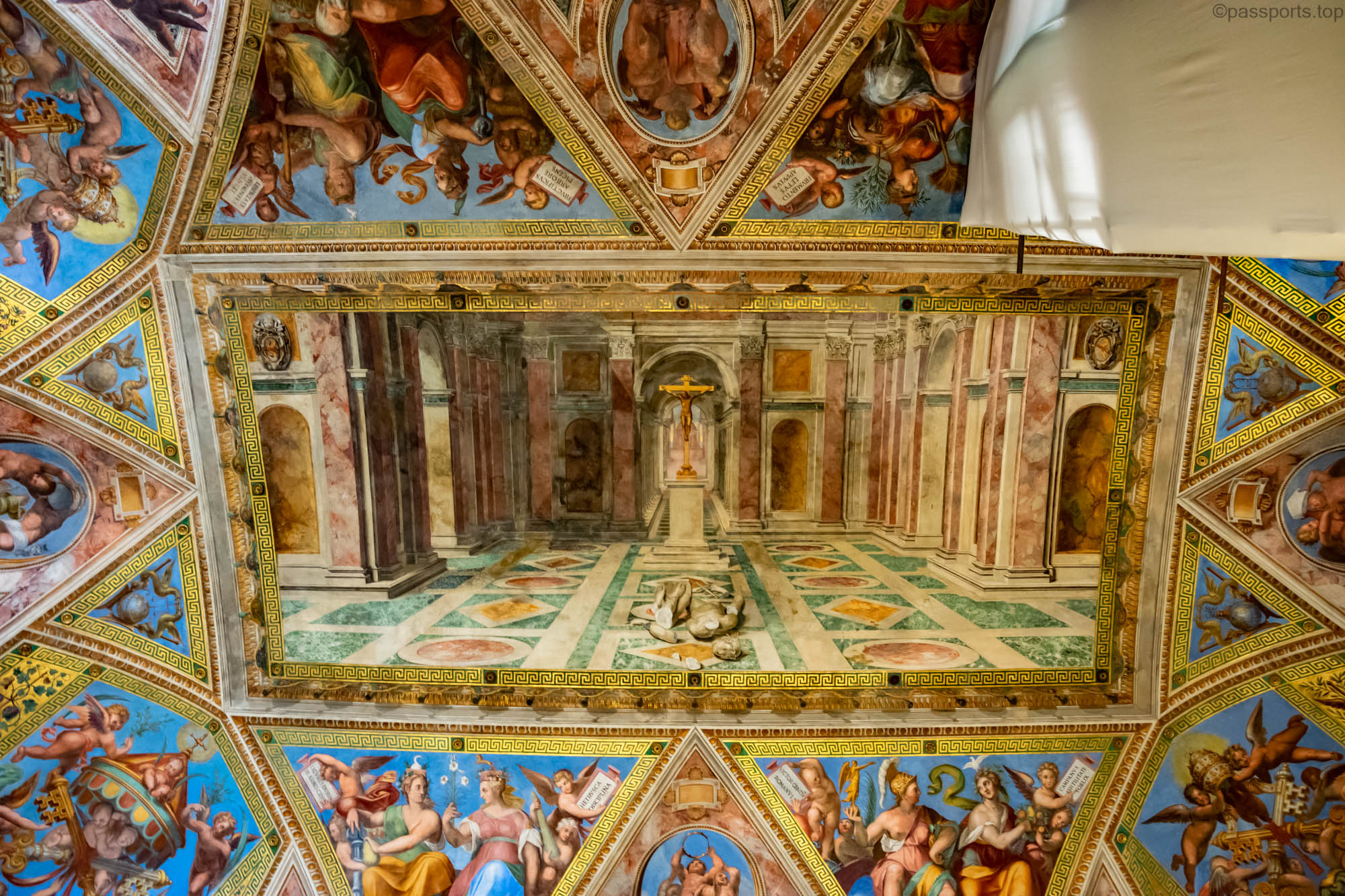
The paintings, along with Michelangelo‘s Sistine Chapel ceiling frescoes, mark the High Renaissance in Rome. In the history of art, the High Renaissance was a period of the most exceptional artistic production in the Italian states. Most art historians state that it began around 1495 and ended with Raphael‘s death in 1520.
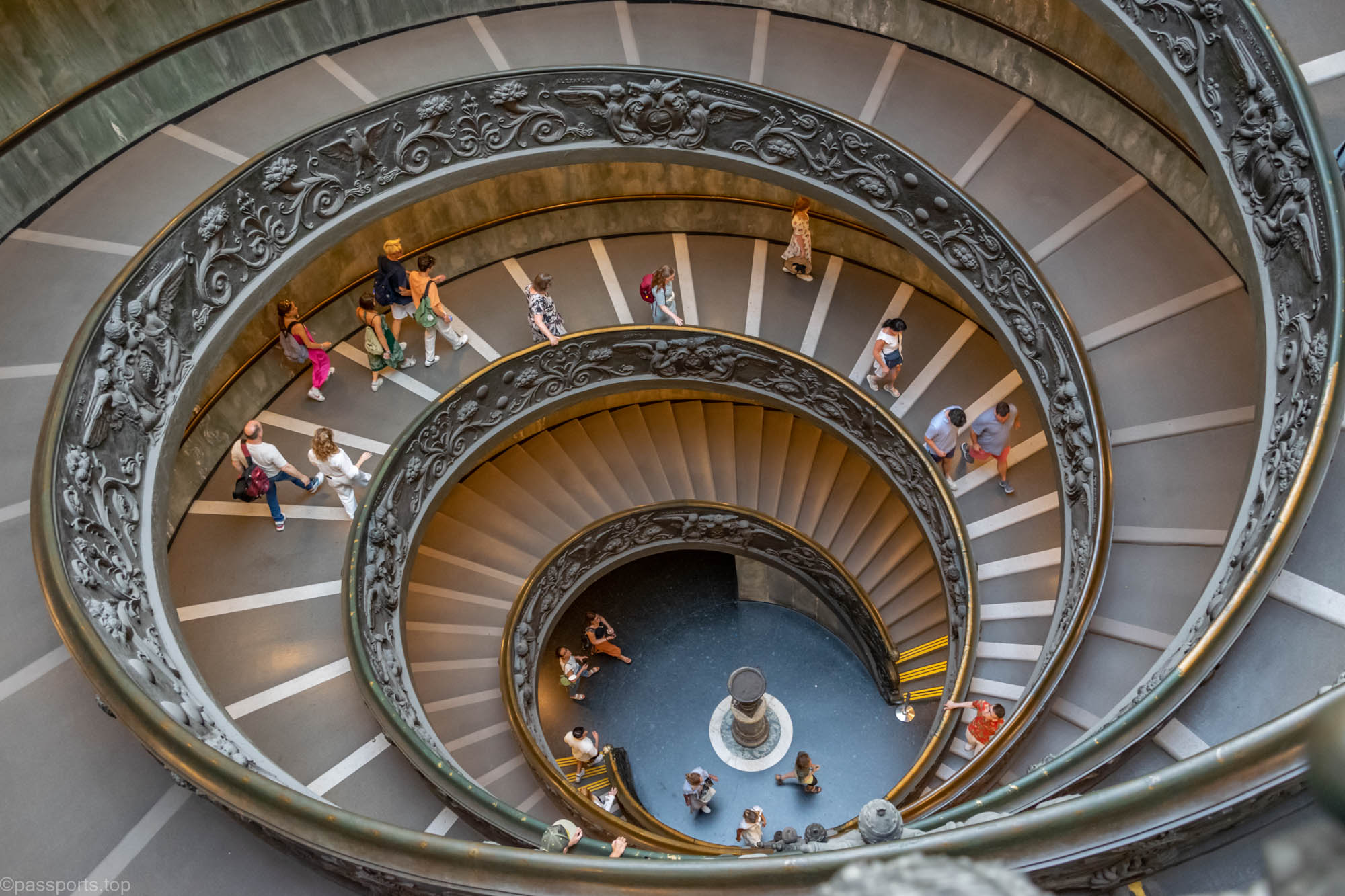
When leaving the museums you cannot miss the spiral staircase designed by Giuseppe Momo in 1932. The design is based on that of Bramante‘s staircase . In 1505, the famous Renaissance architect Donato Bramante designed a staircase to connect the Belvedere Palace with the outside.
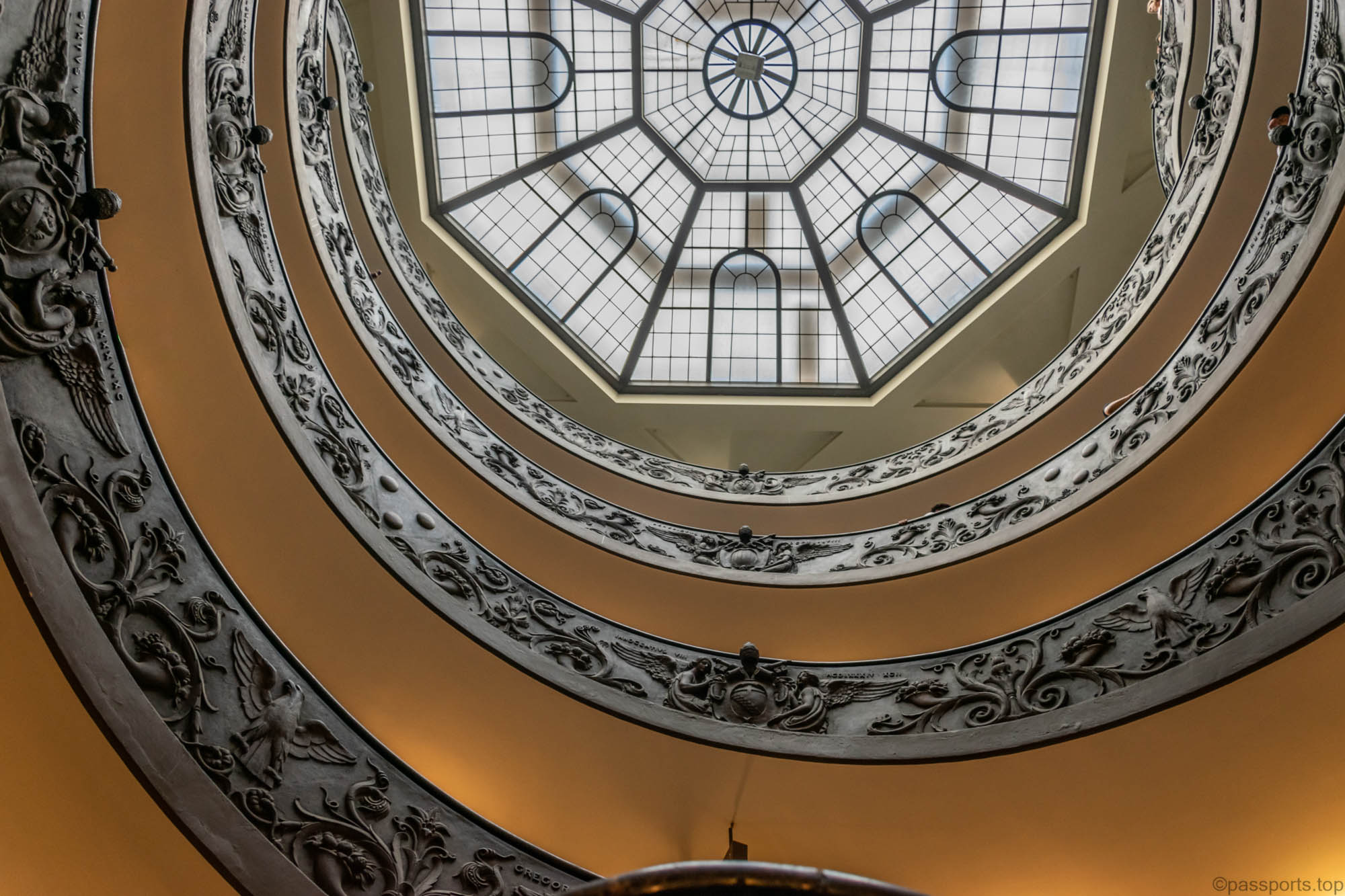
This was the way for the Pope and his horse to get up and down inside the palace. Bramante’s Staircase can only be visited with a guided tour that includes the “secret rooms” of the Vatican.
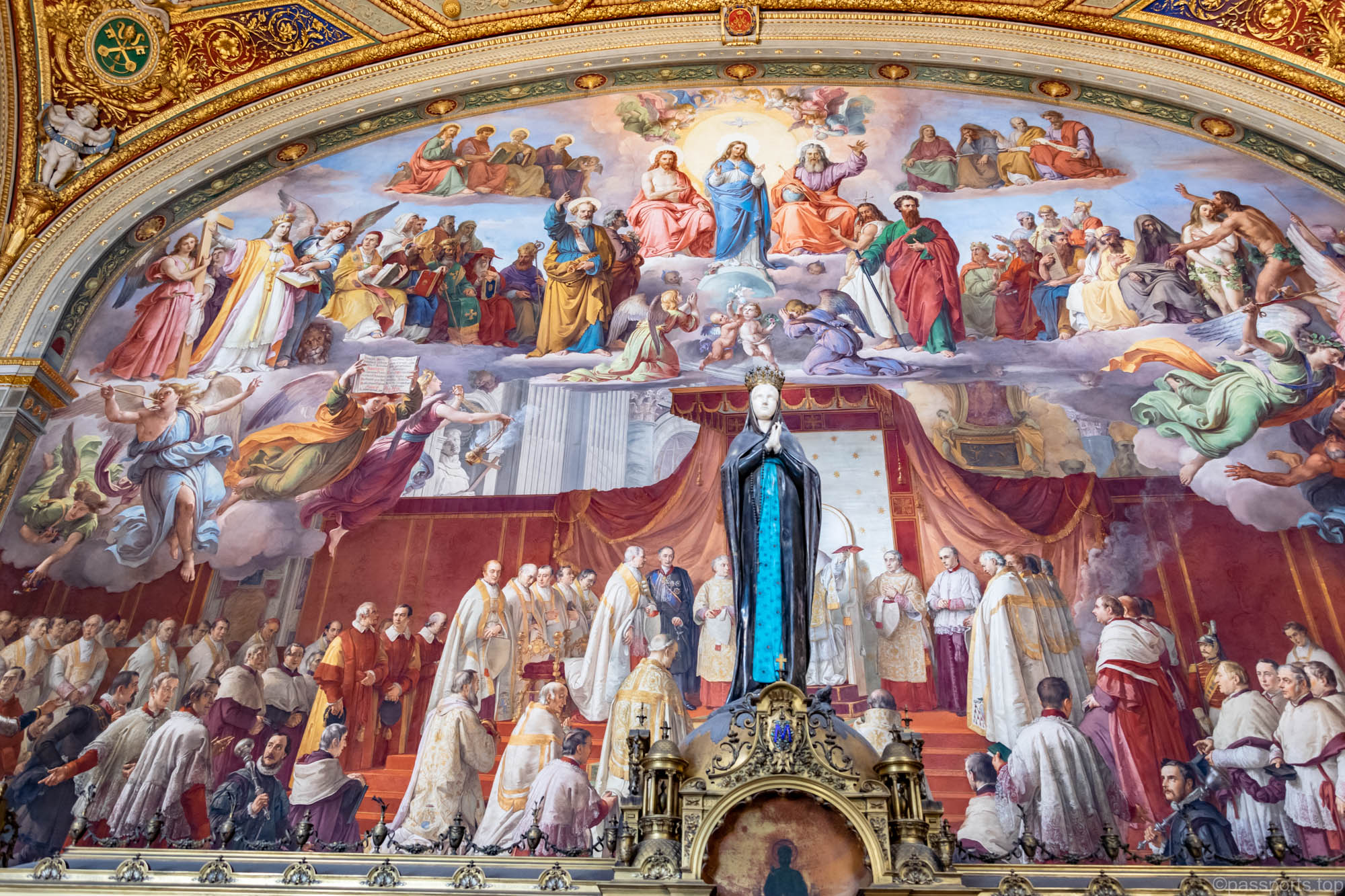
The queues to enter the Vatican Museums are probably the longest in Rome, so you should buy your tickets in advance and avoid the peak season. The price of a ticket is 17€/person (free with Turbopass). Admission is free every Sunday of the month.
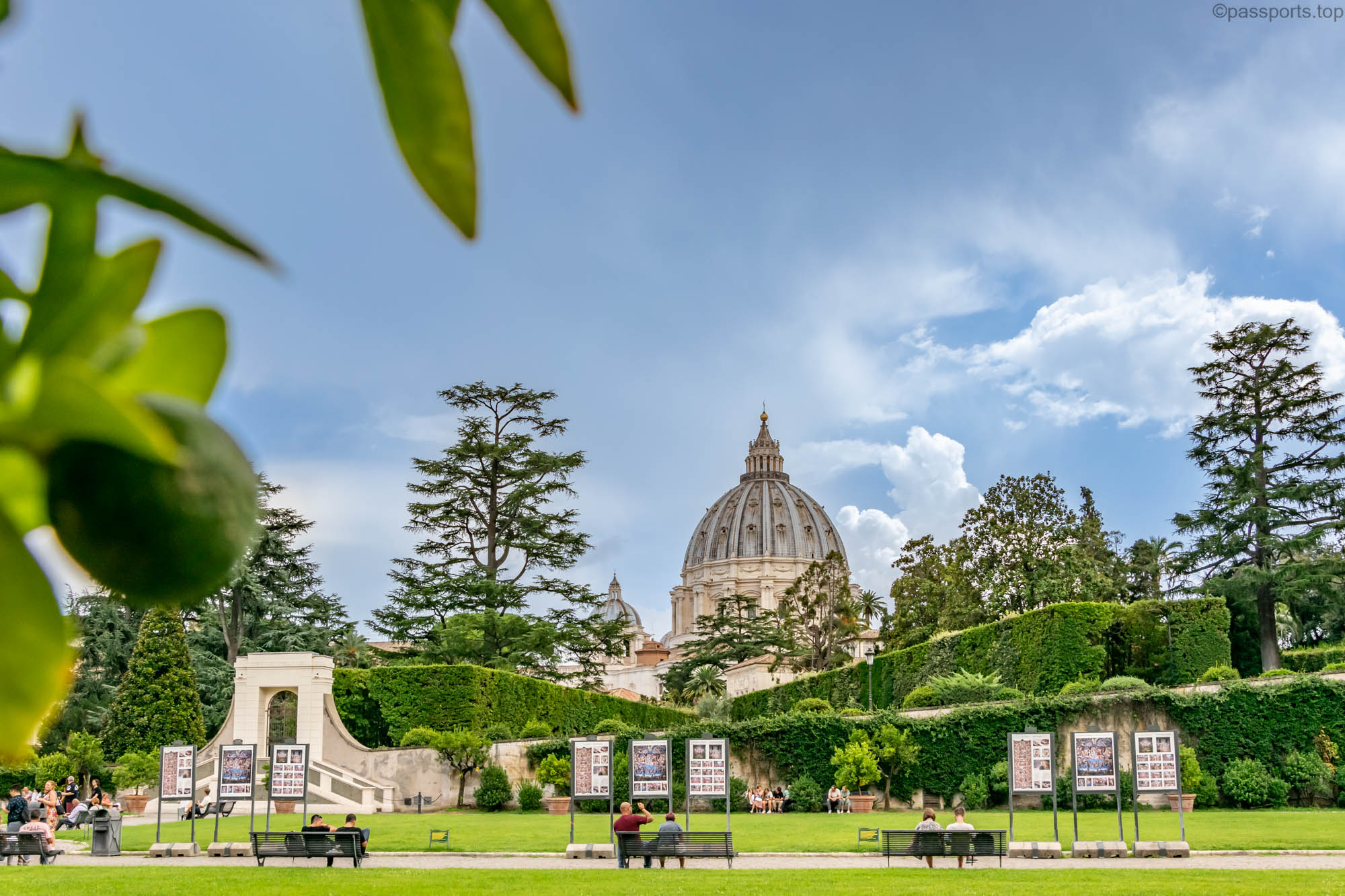
The Vatican is a special place that should not be missed if you are in Rome. Even if you don’t have time to visit the museums or the interior of the basilica, take at least a few minutes to walk around Piazza San Pietro.
(Vatican – August 2022)

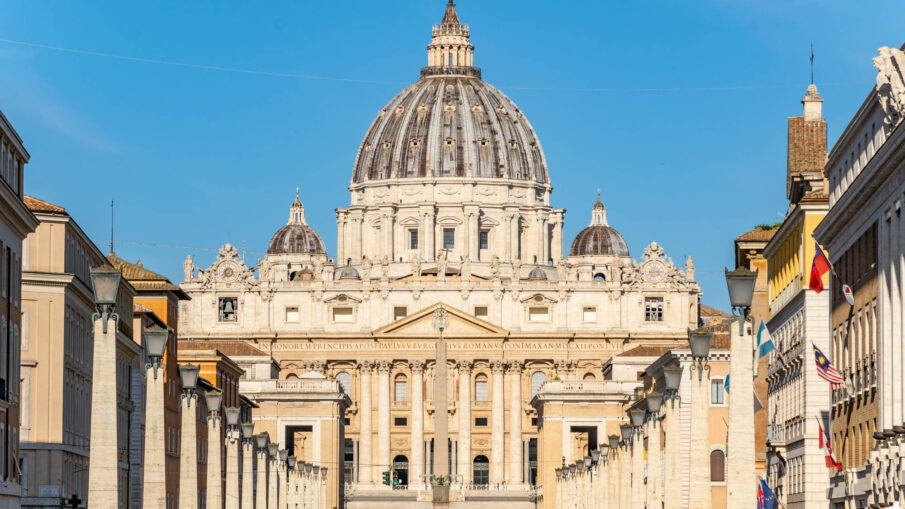
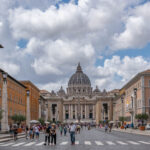
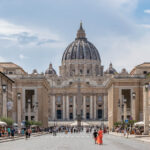
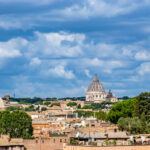
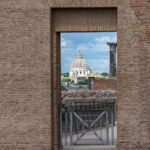
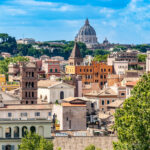
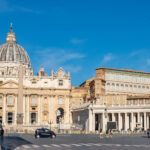
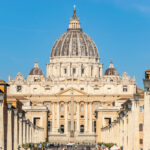
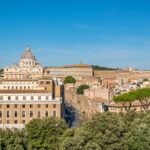
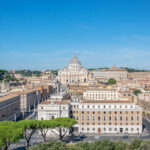
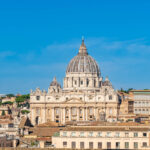
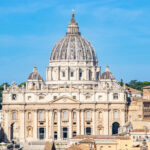
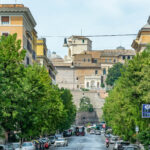
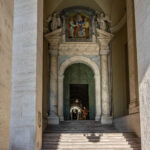
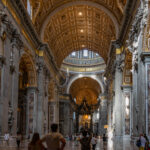
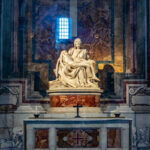
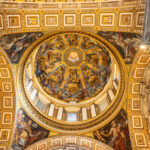
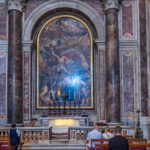
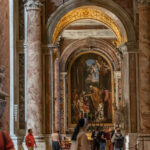
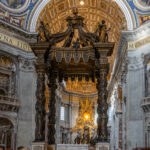
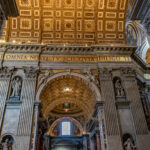
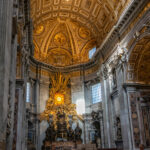
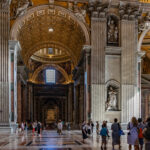
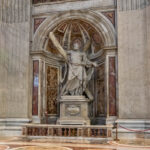
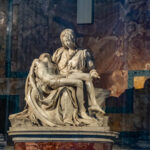
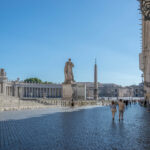
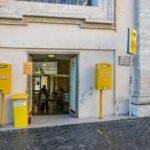
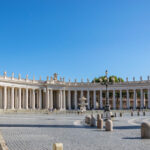
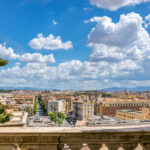
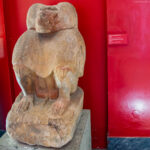
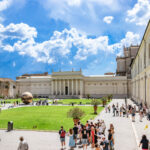
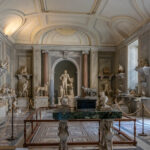
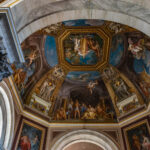
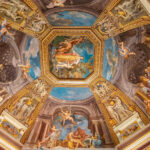
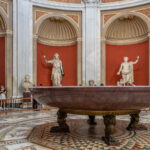
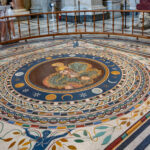
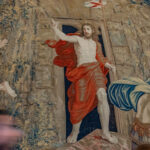
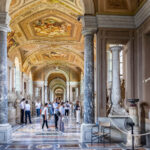
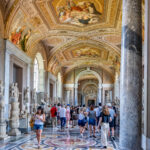
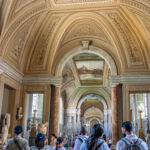
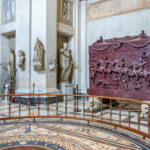
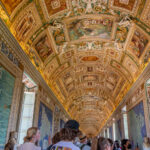
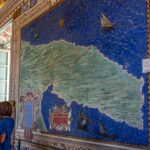
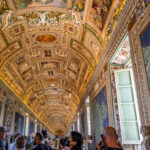
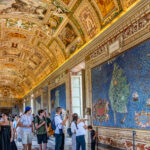
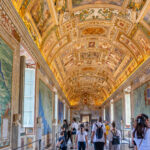
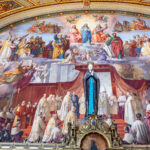
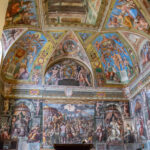
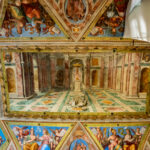
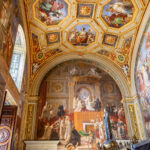
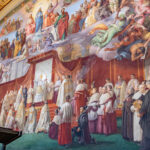
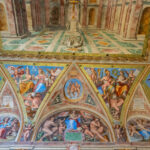
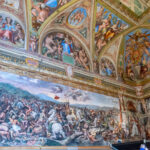
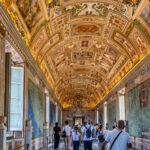
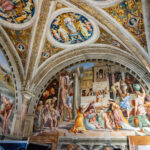
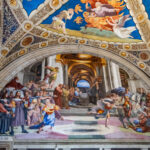
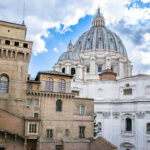
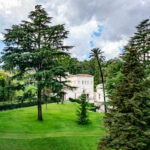
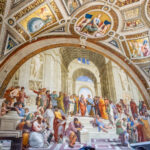
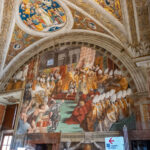
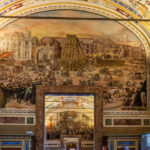
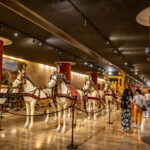
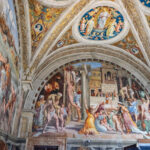
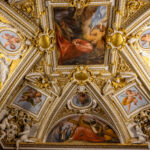
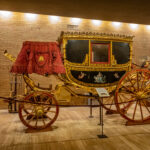
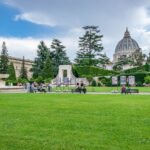
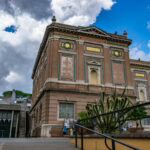
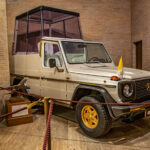
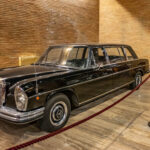
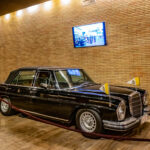
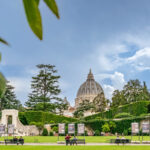
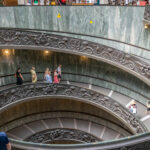
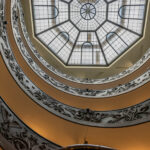
Leave a Reply